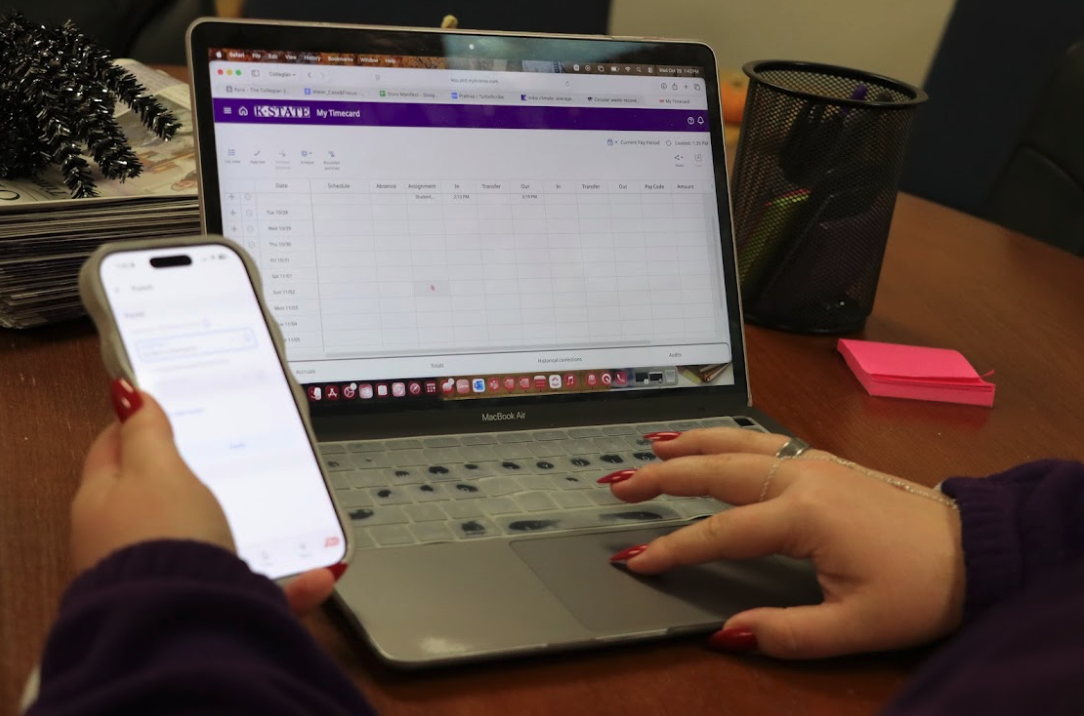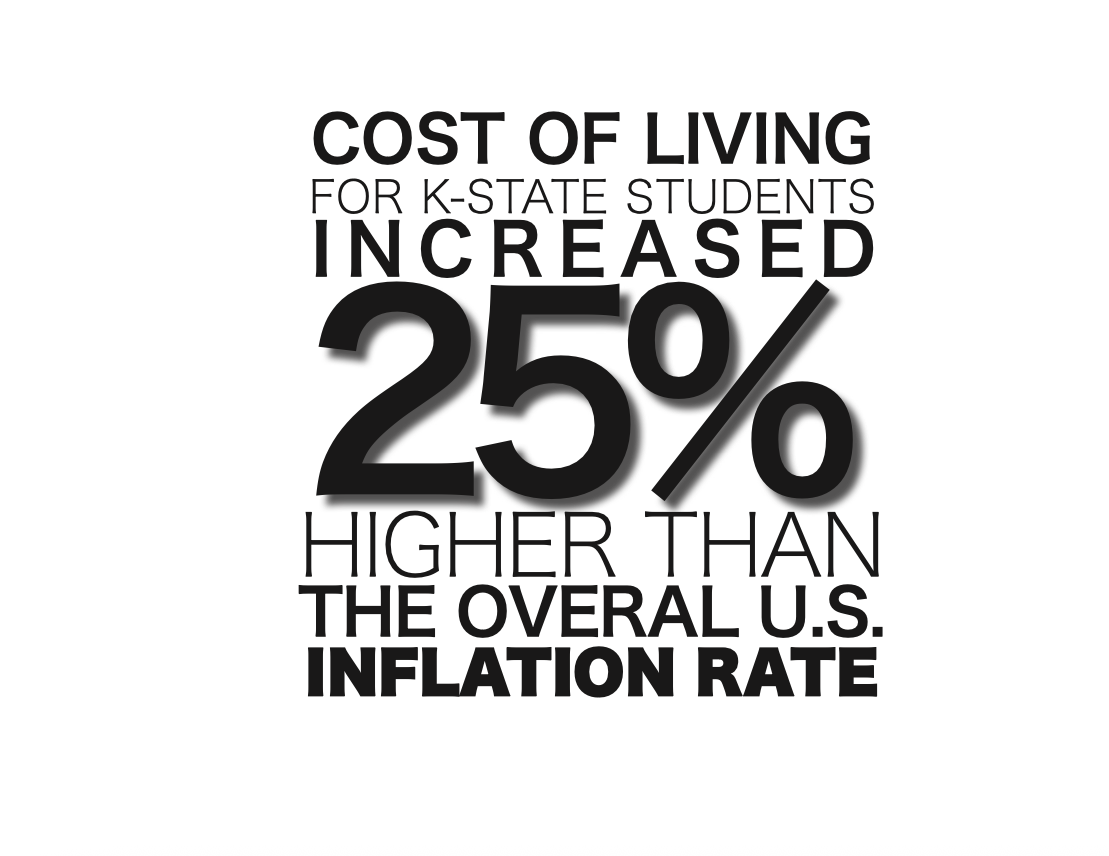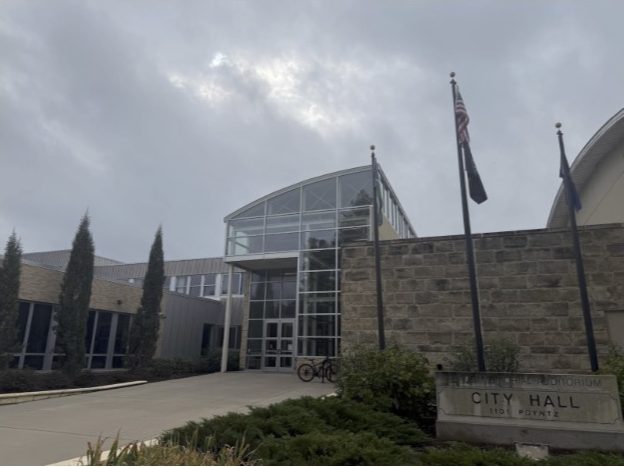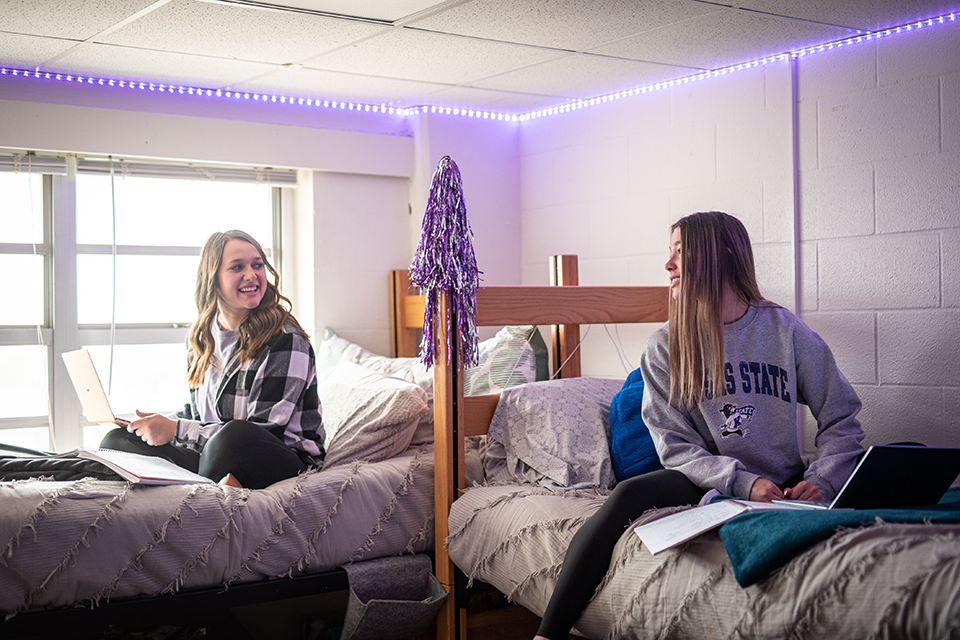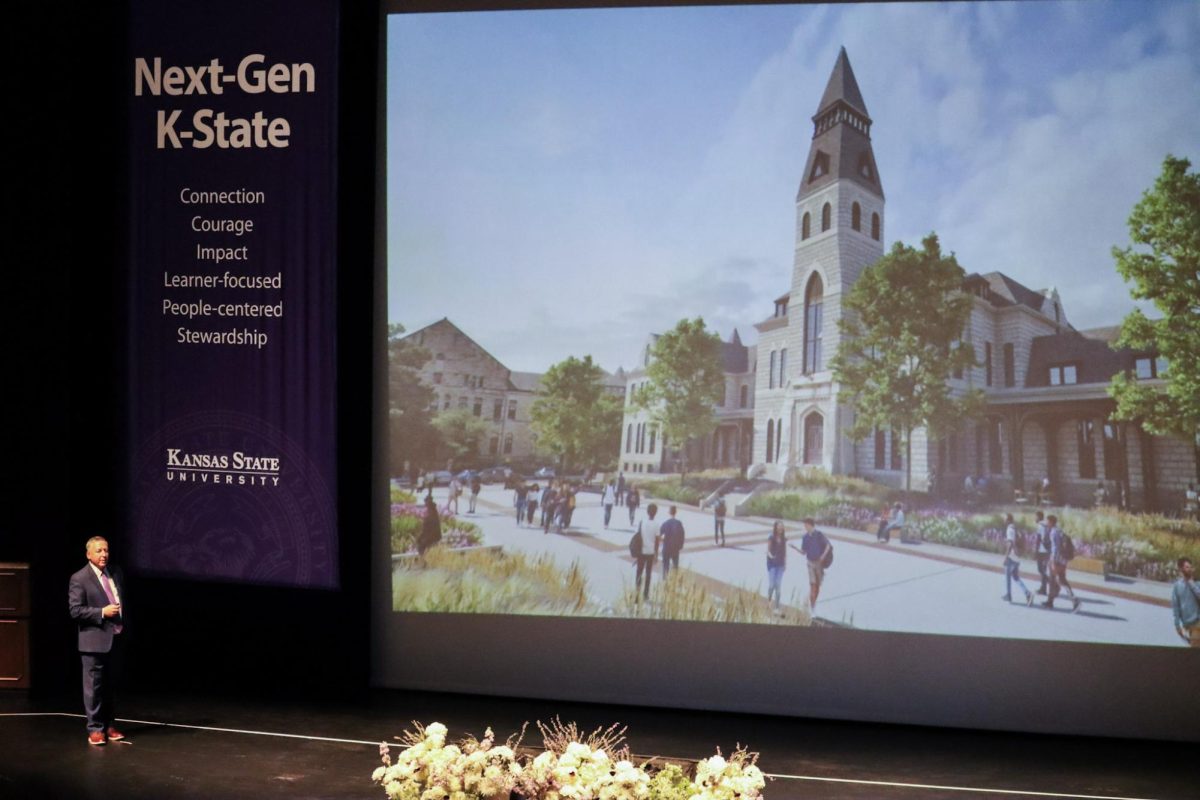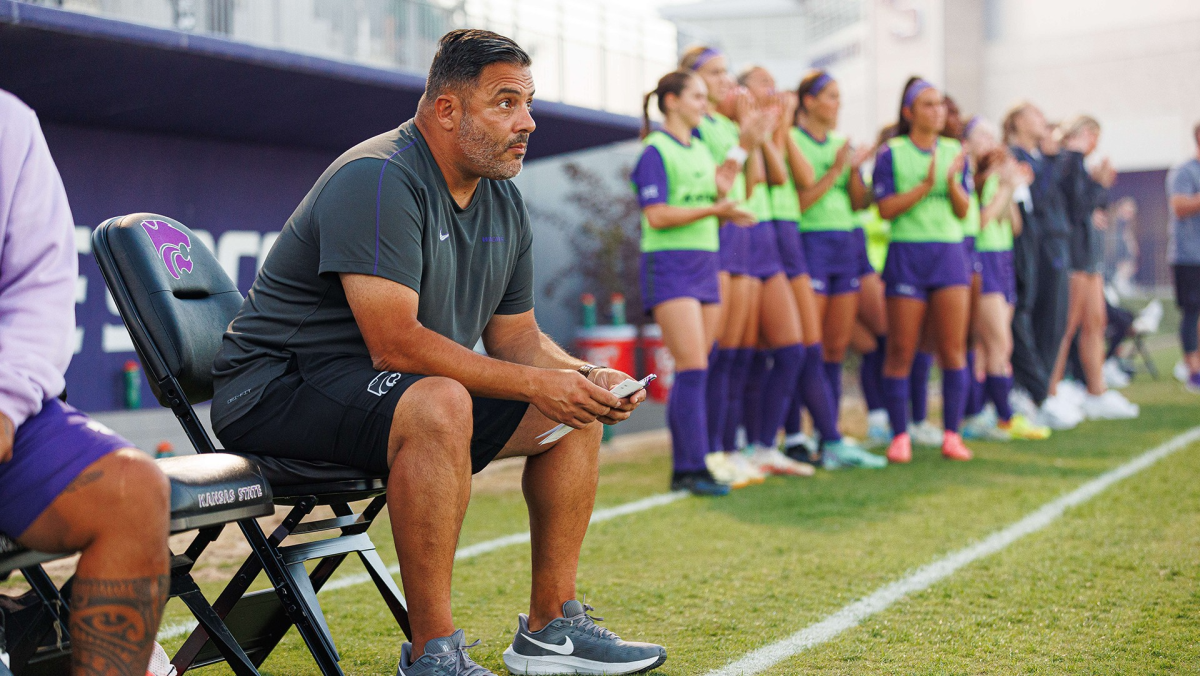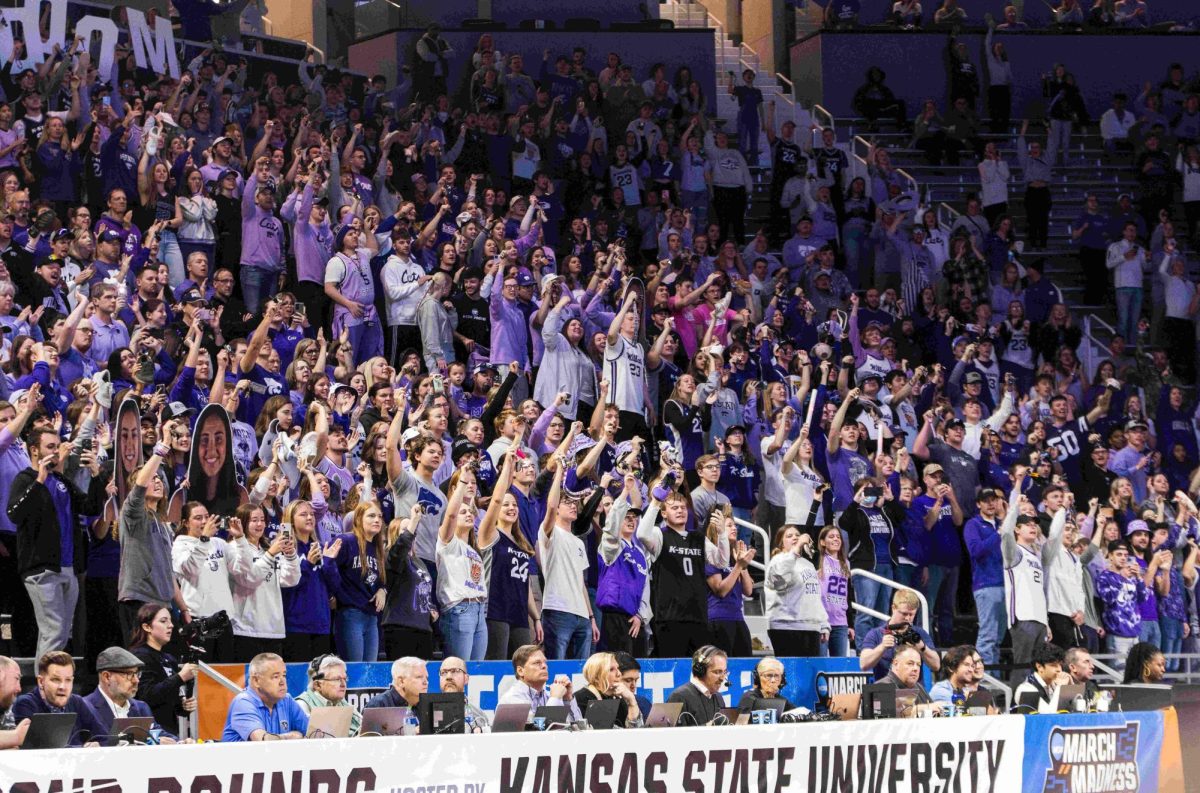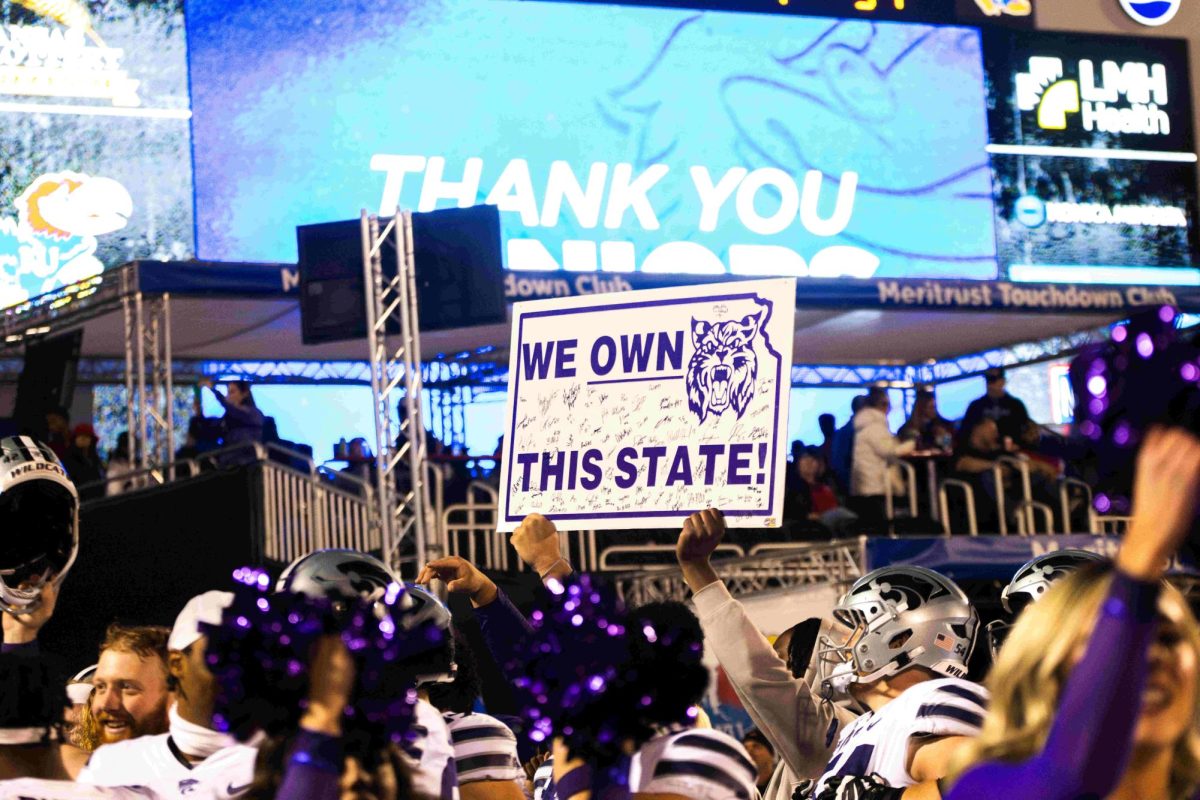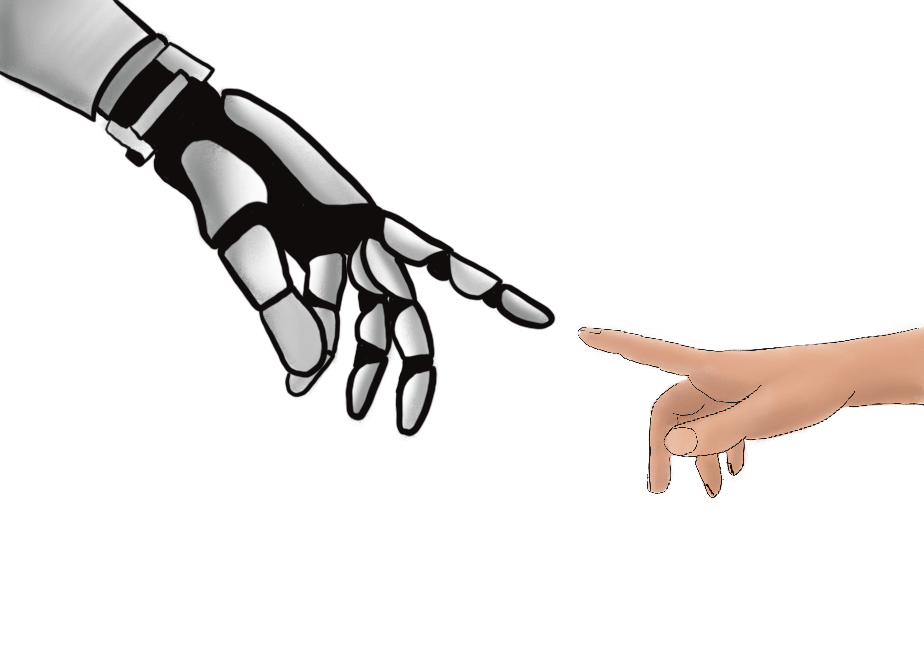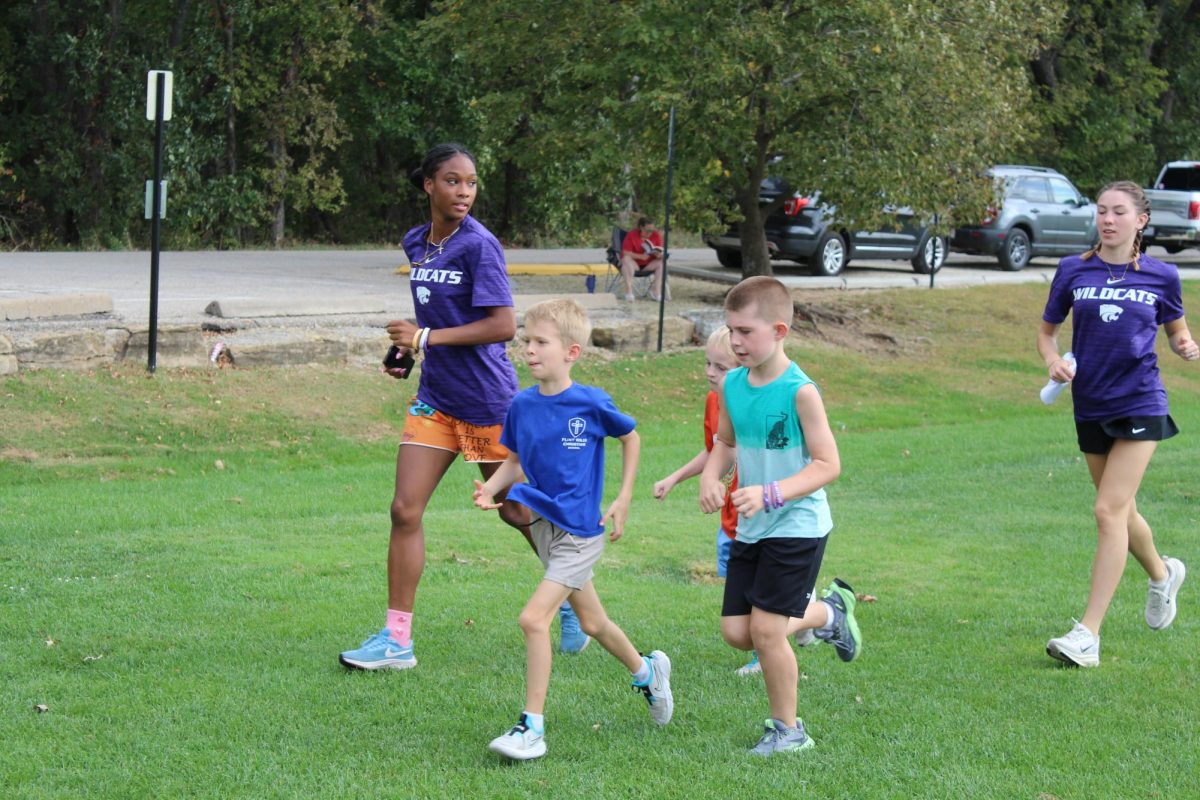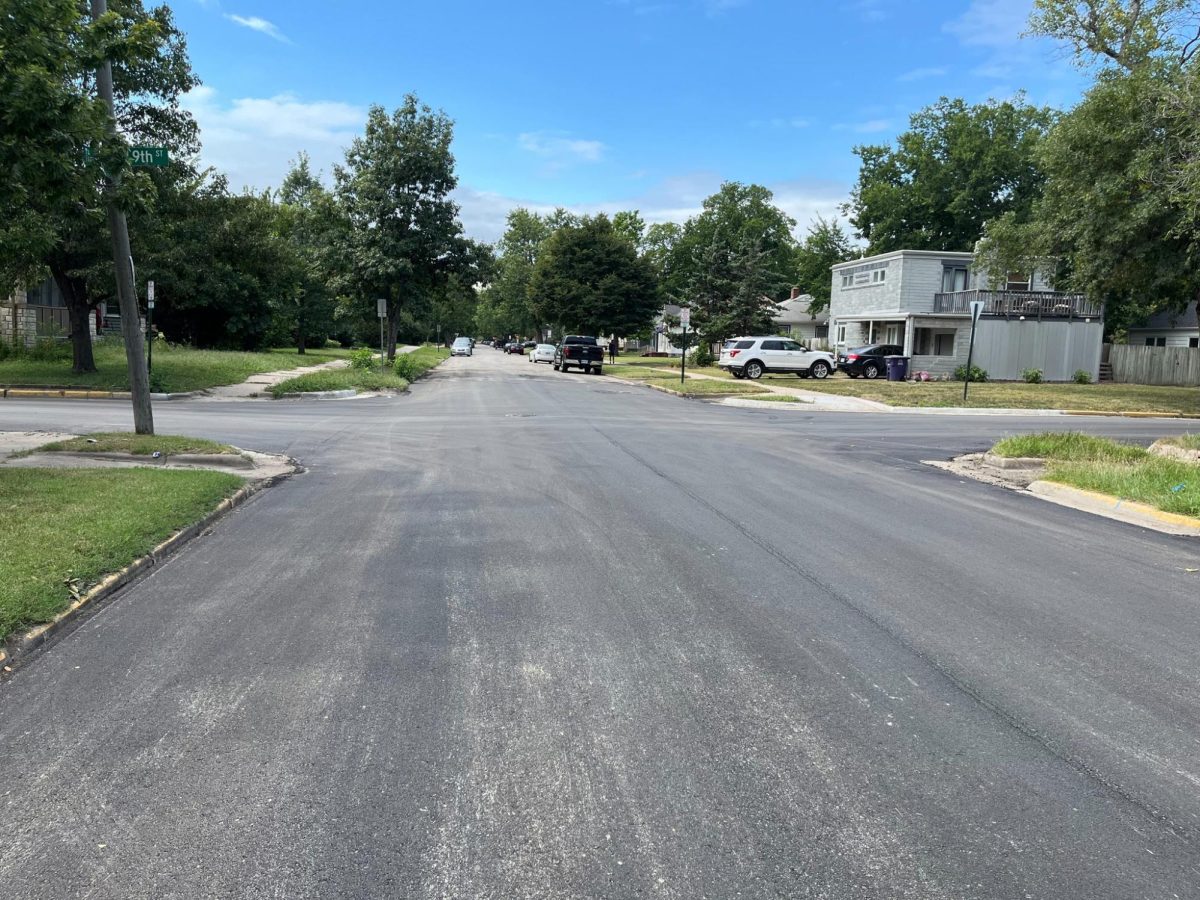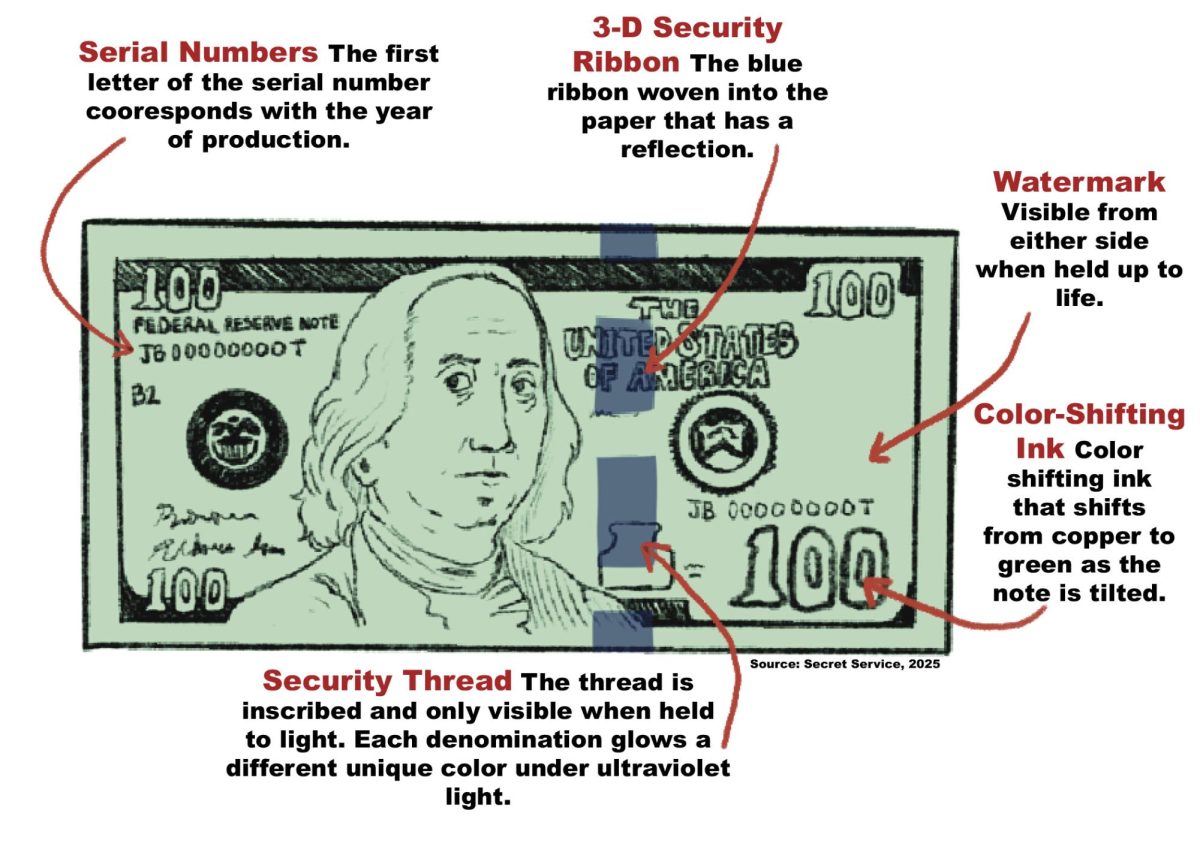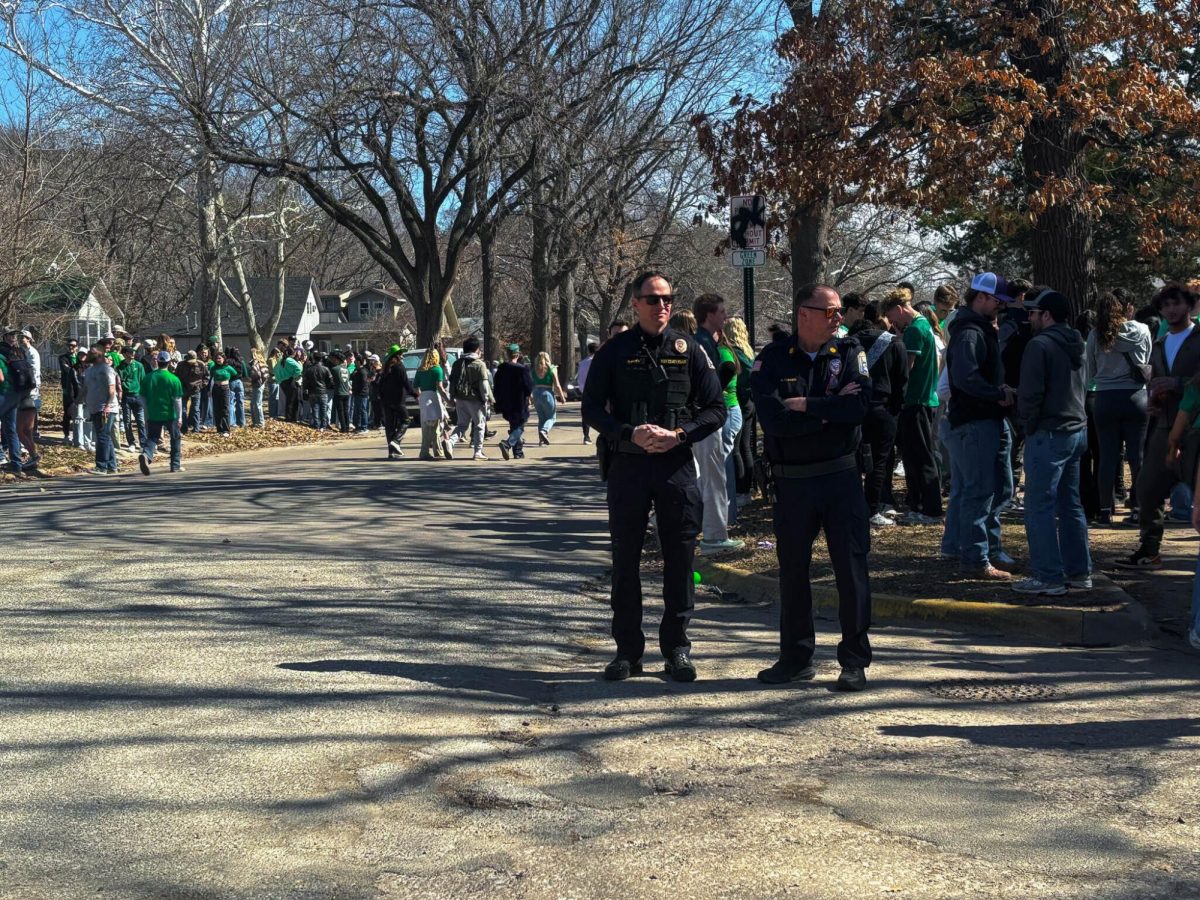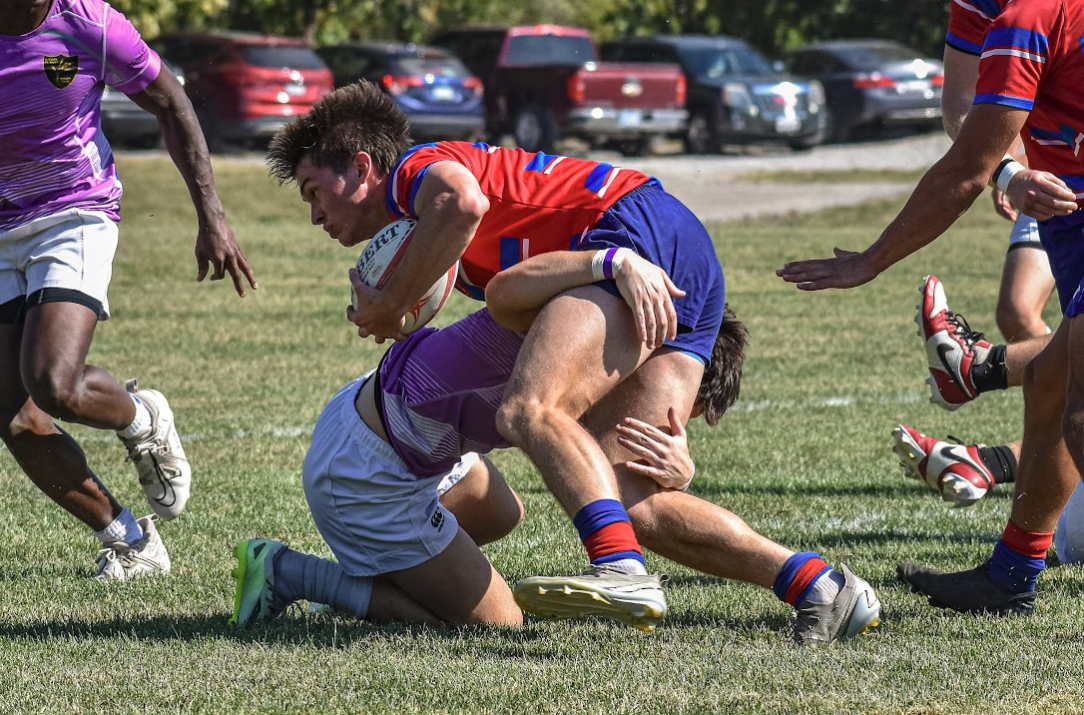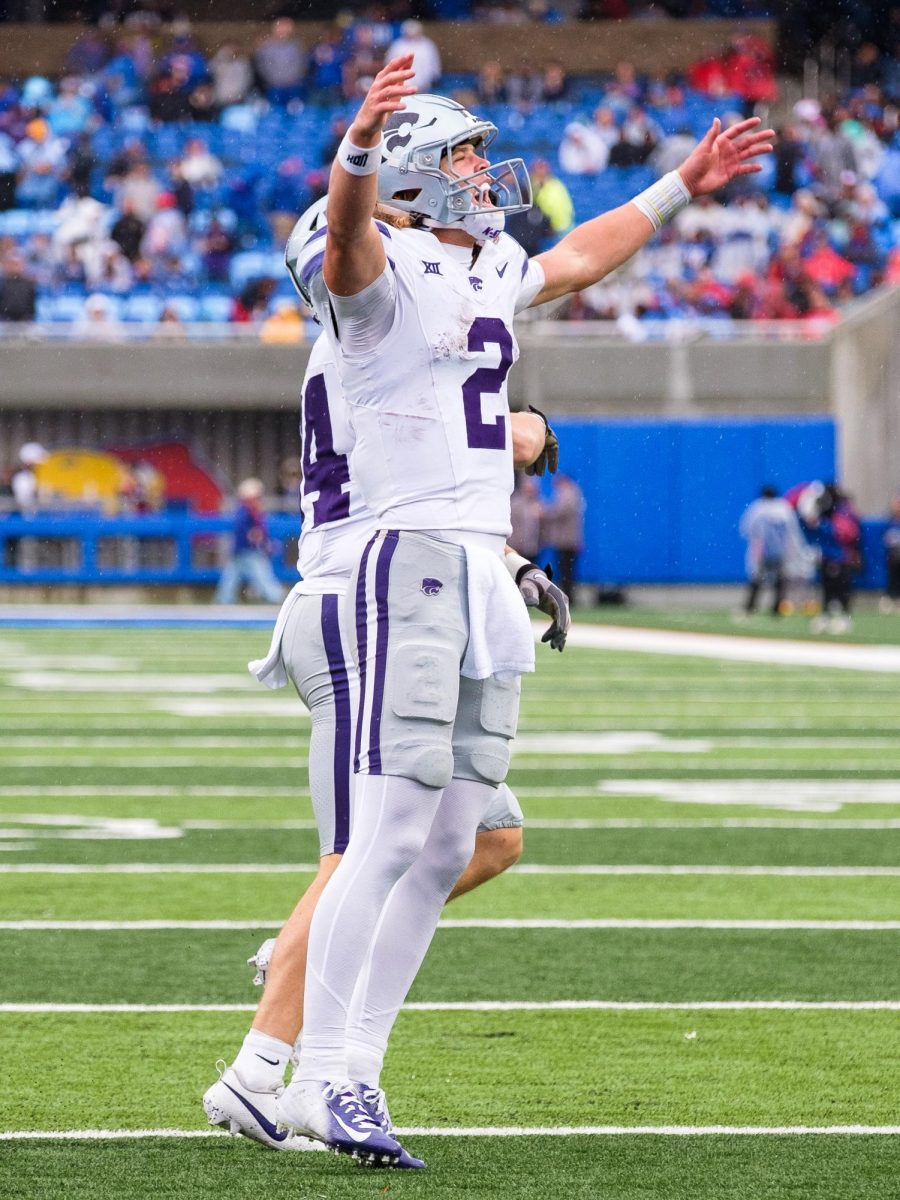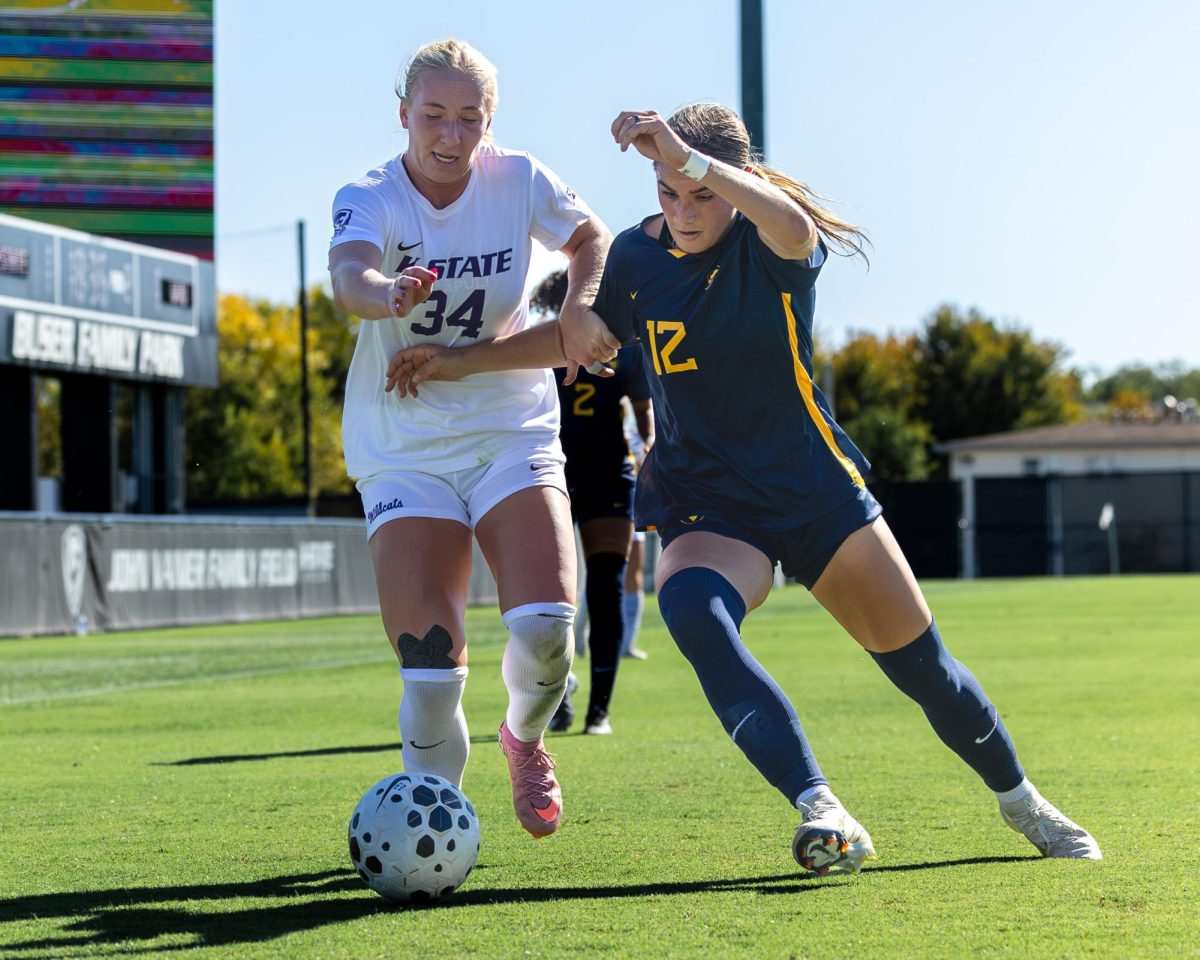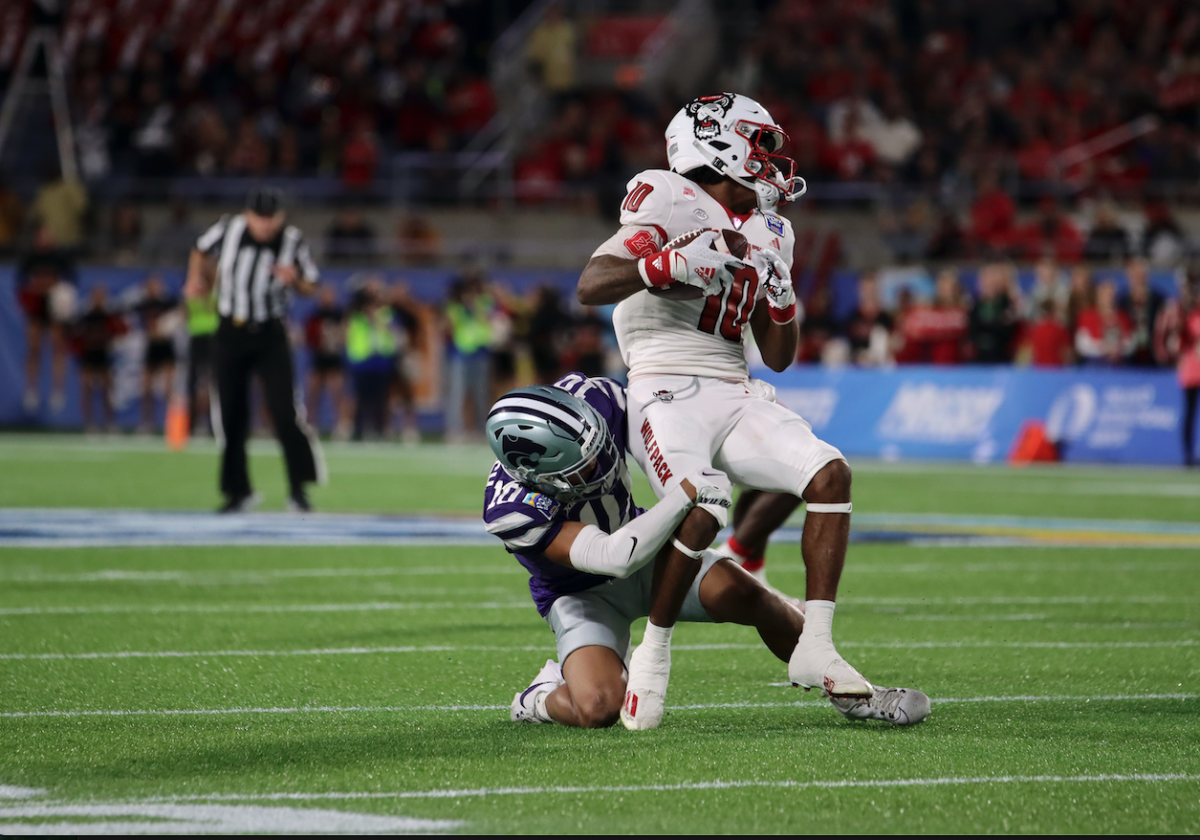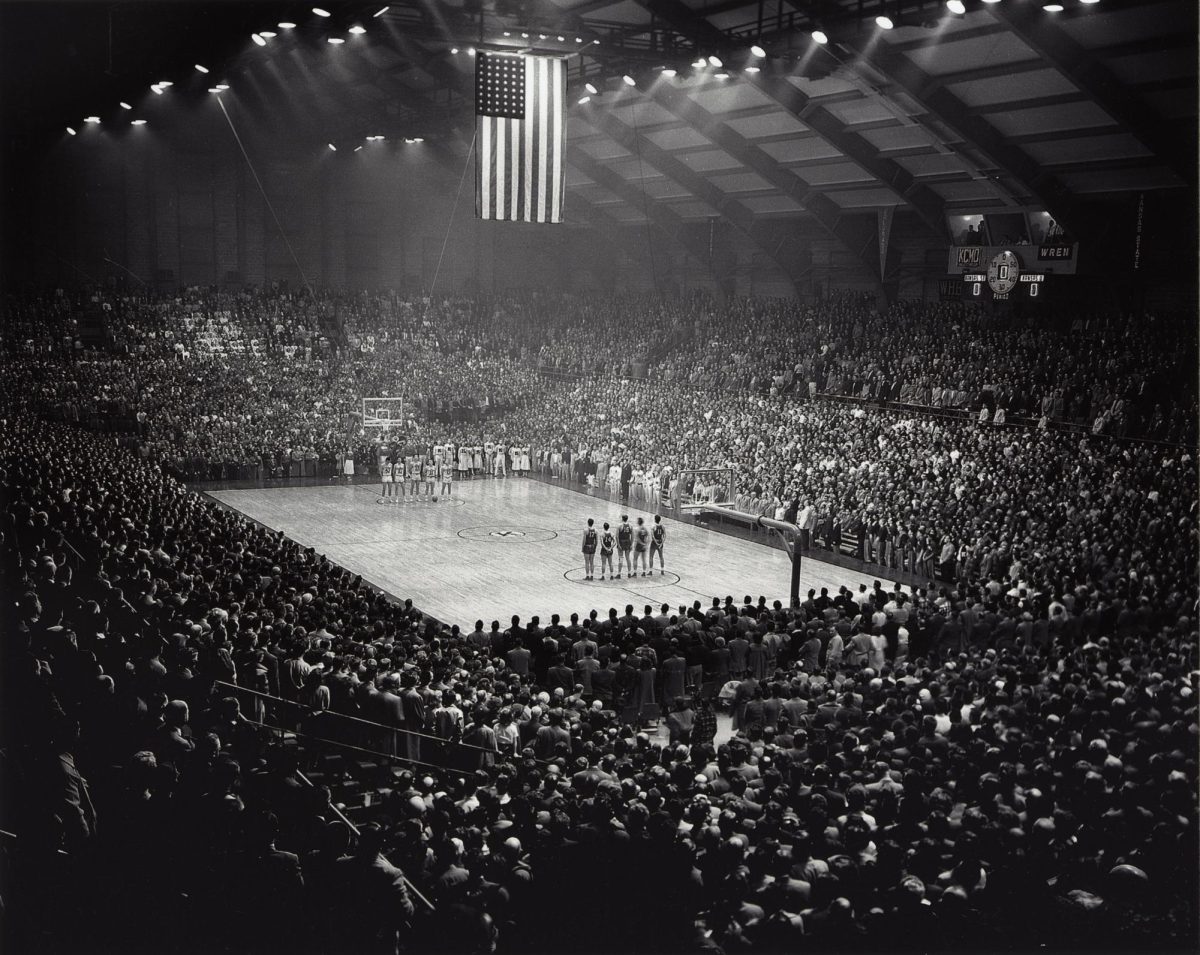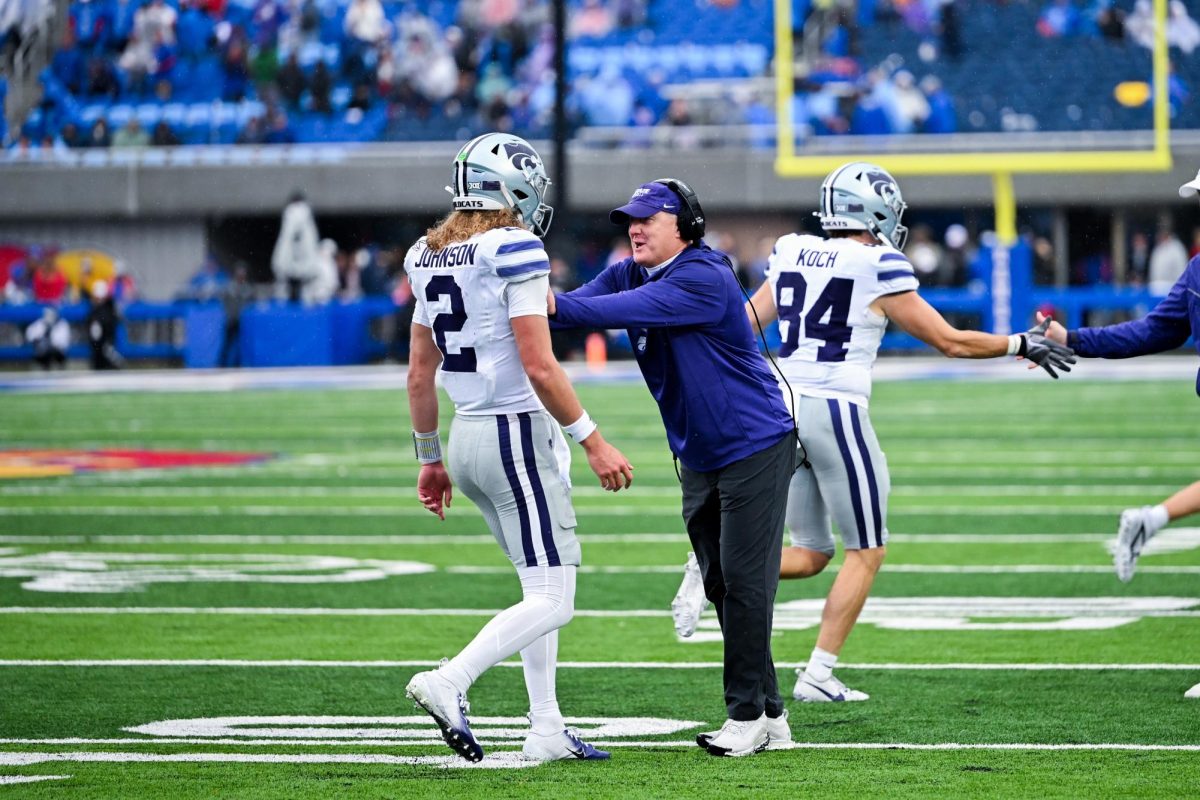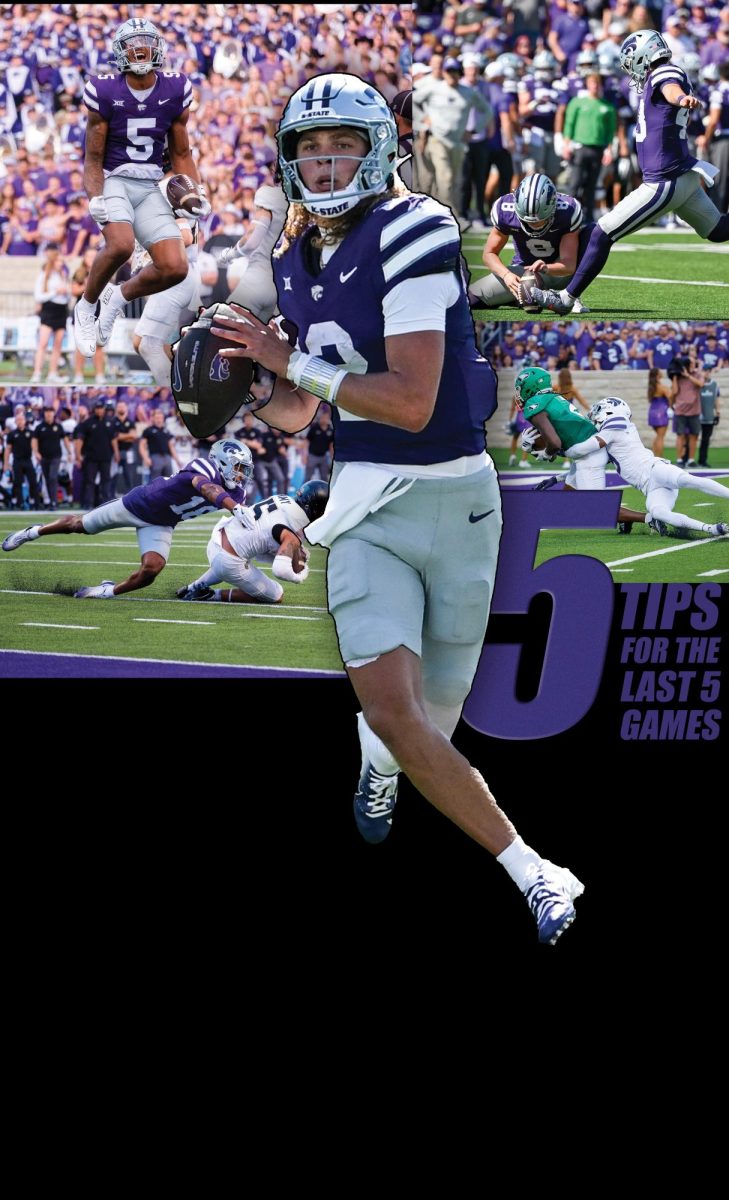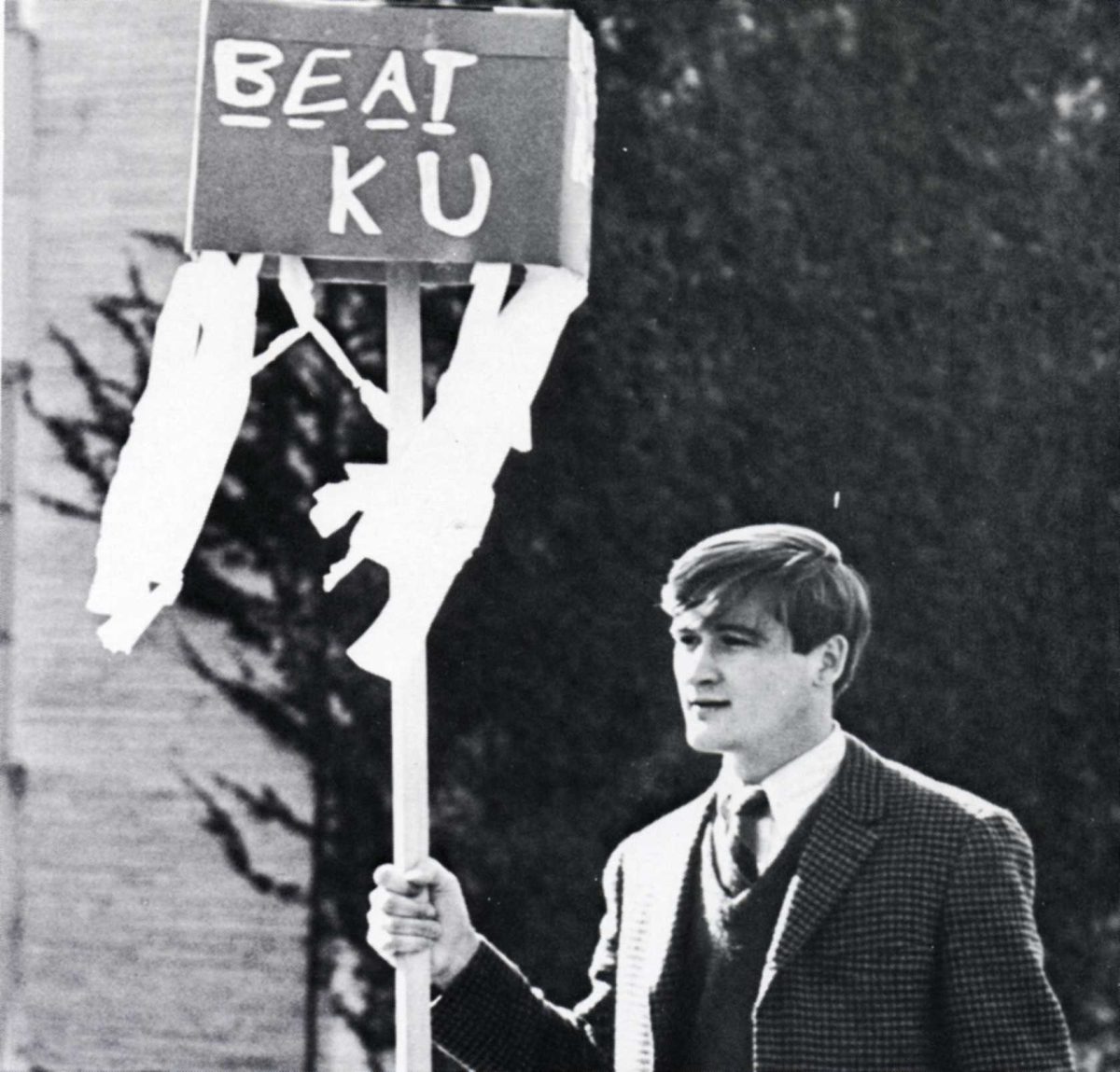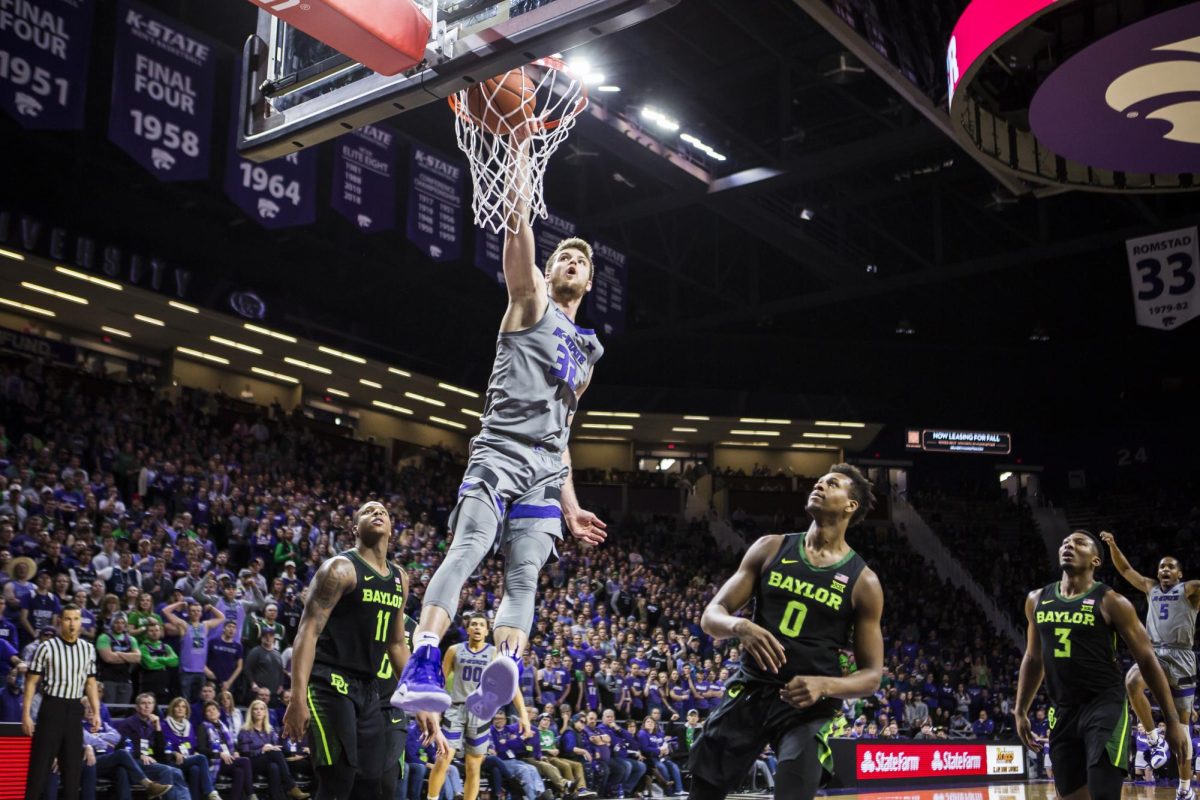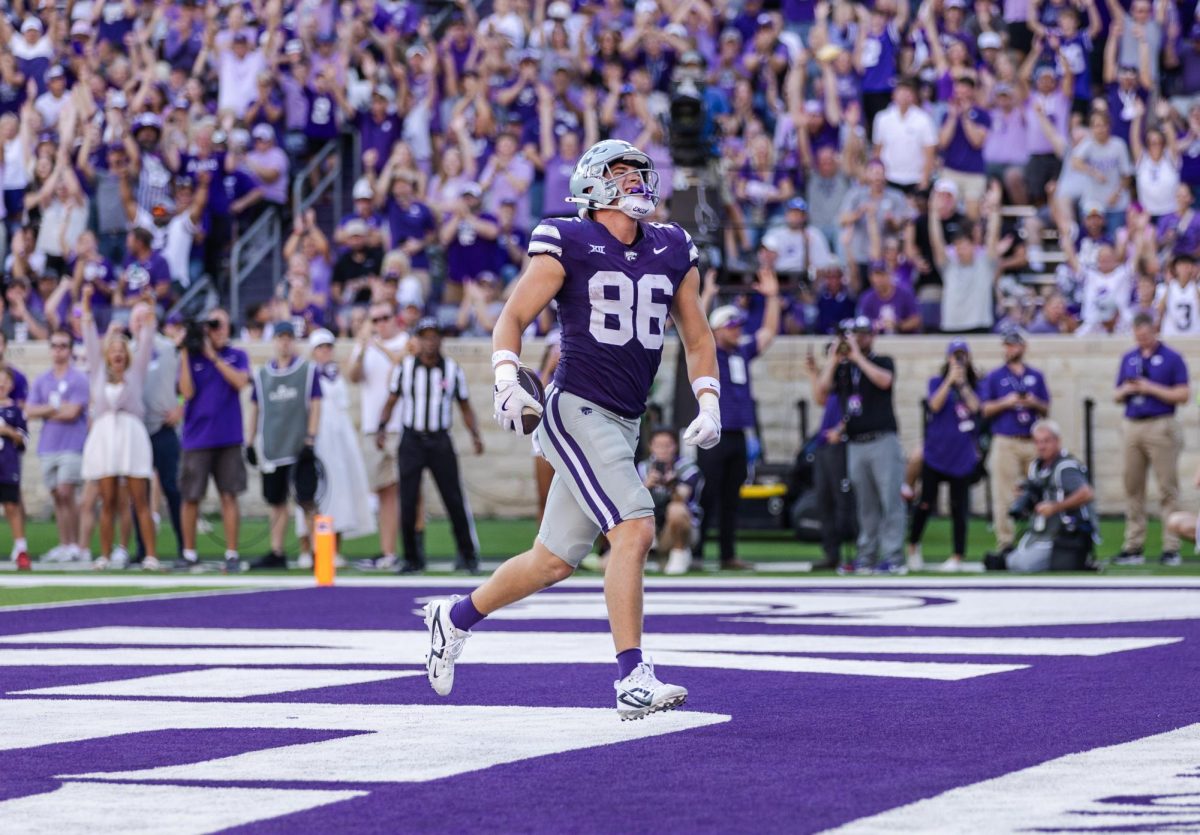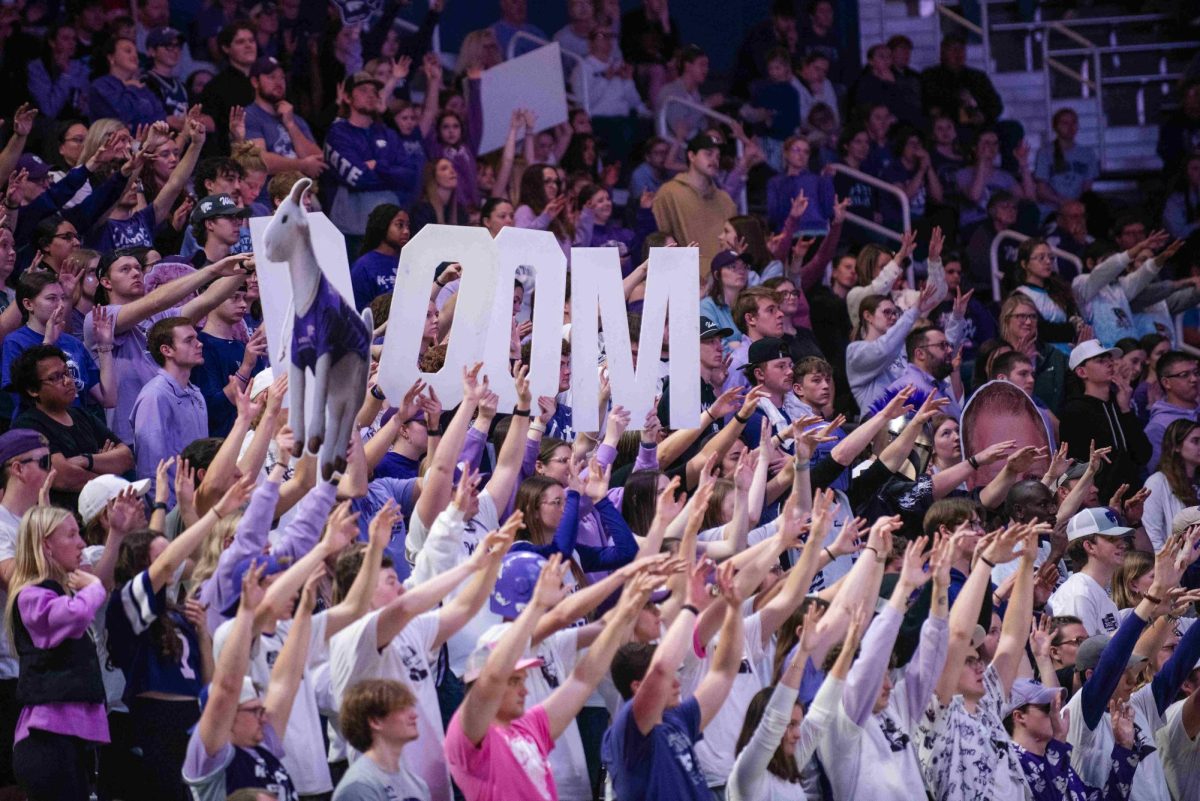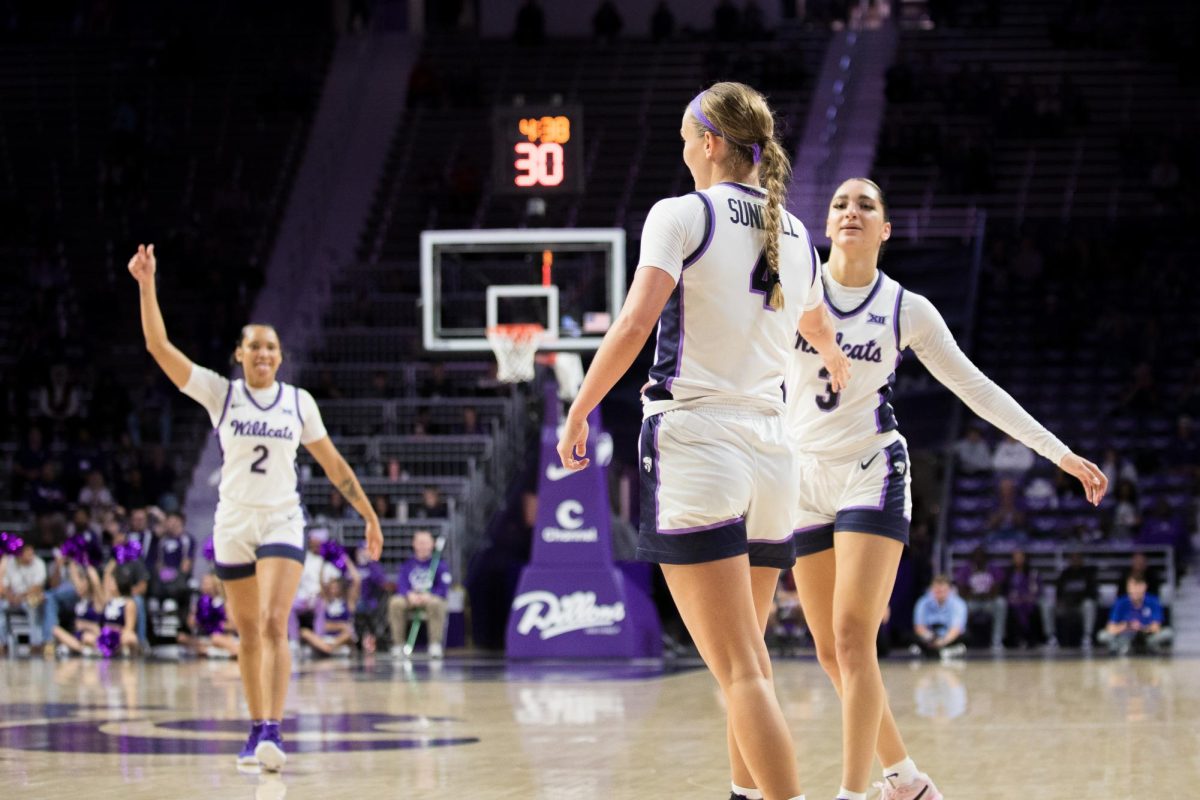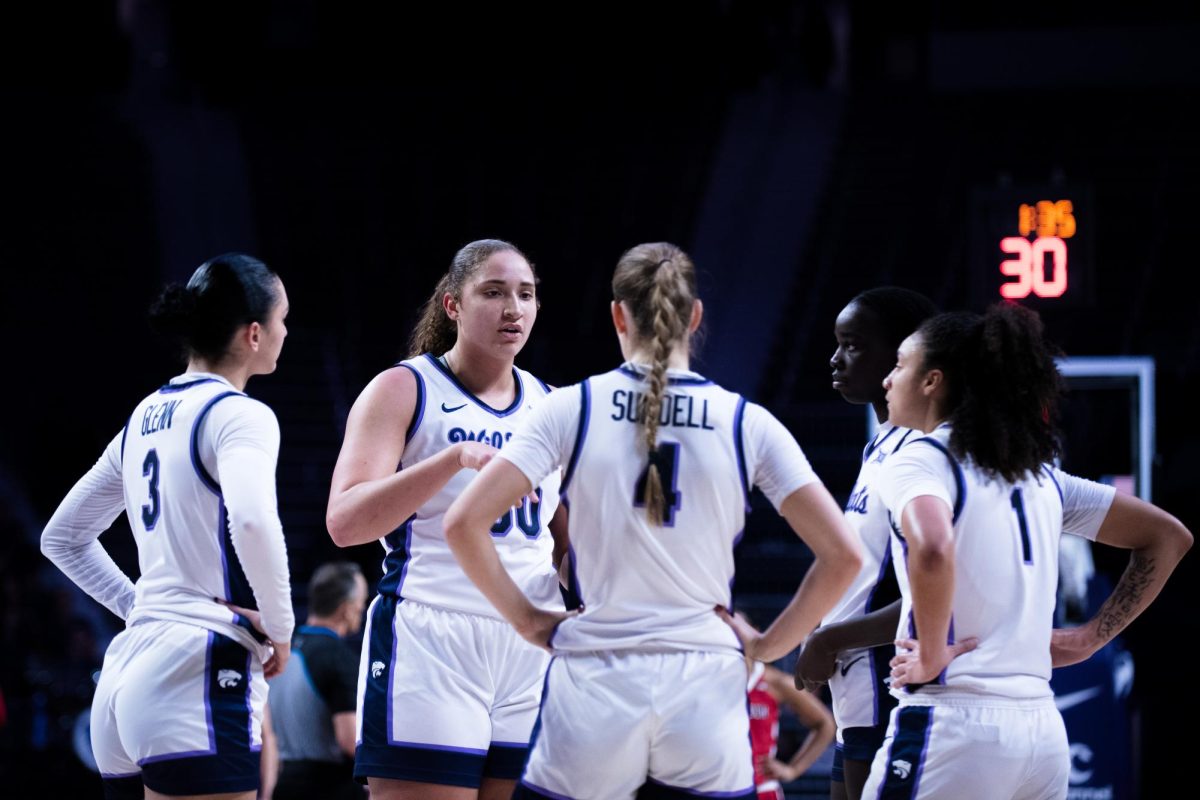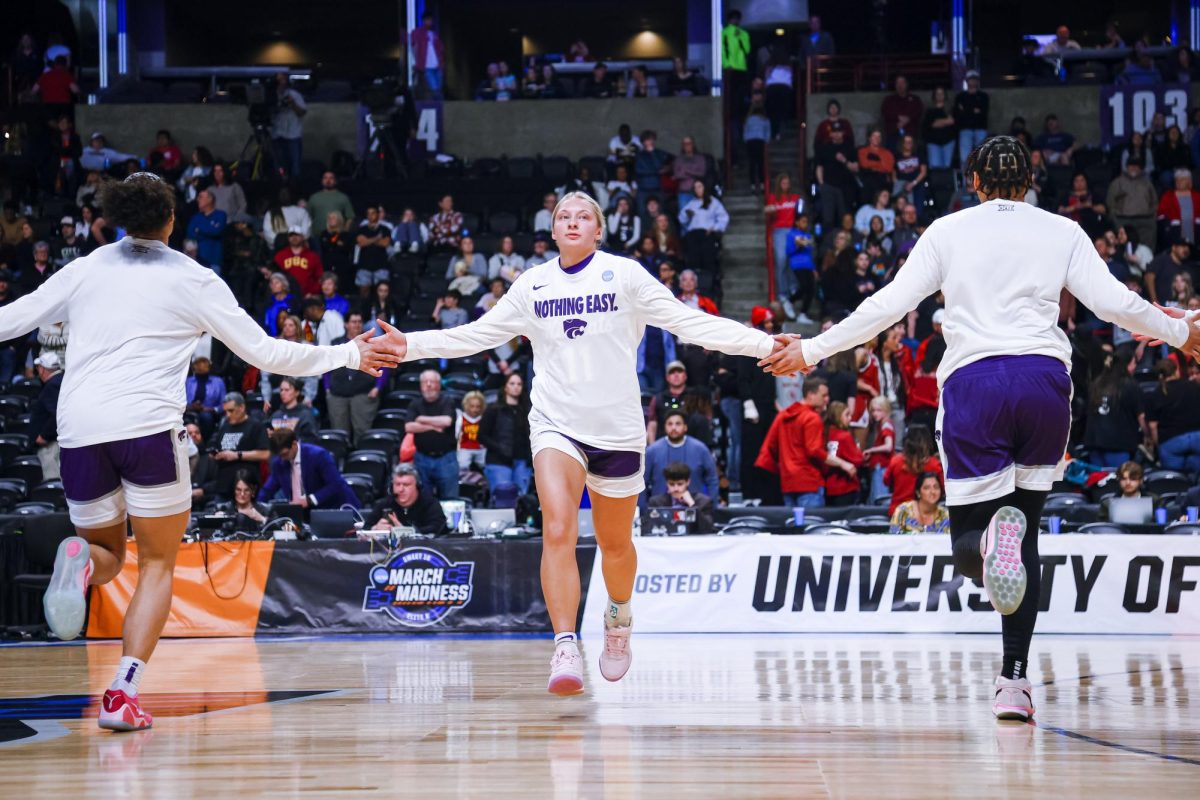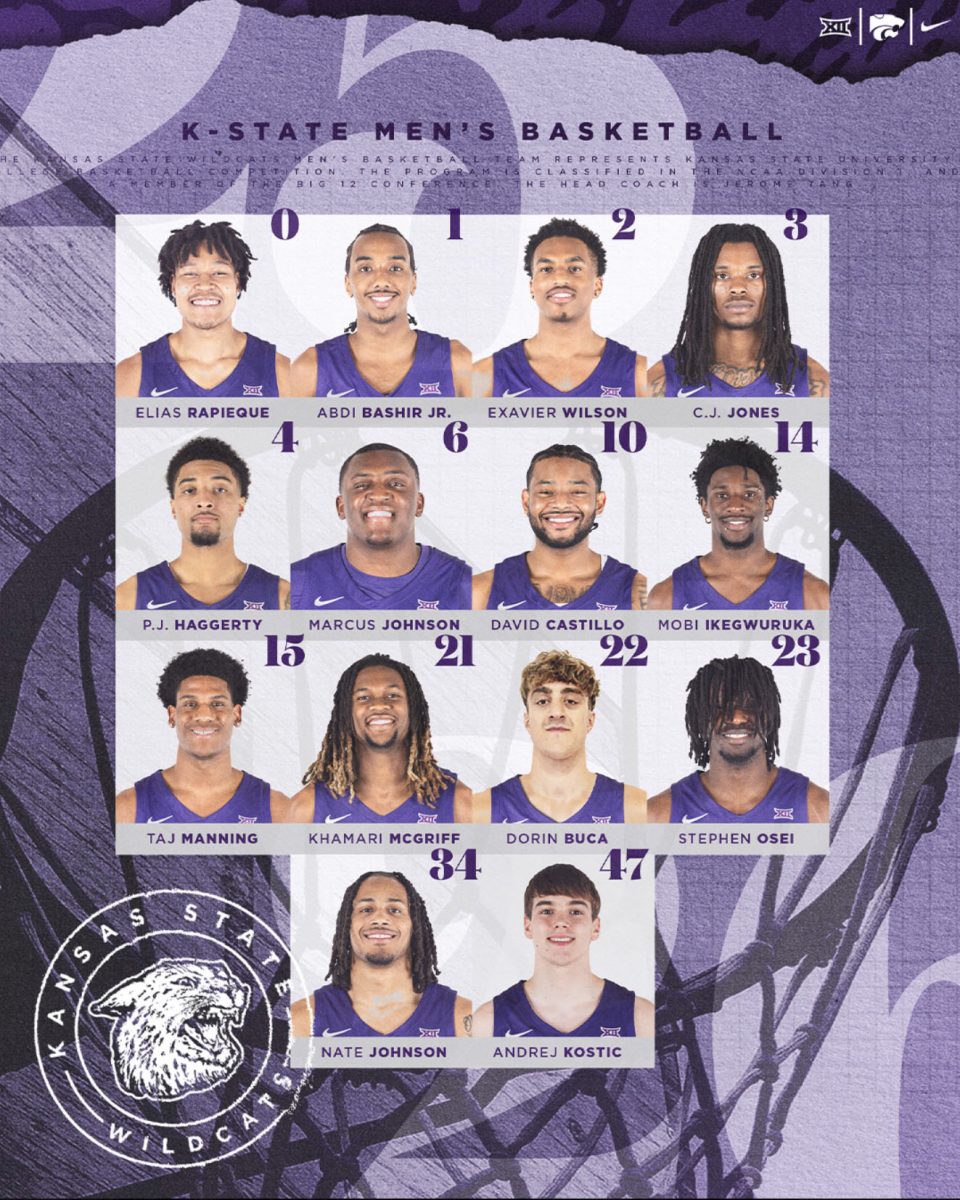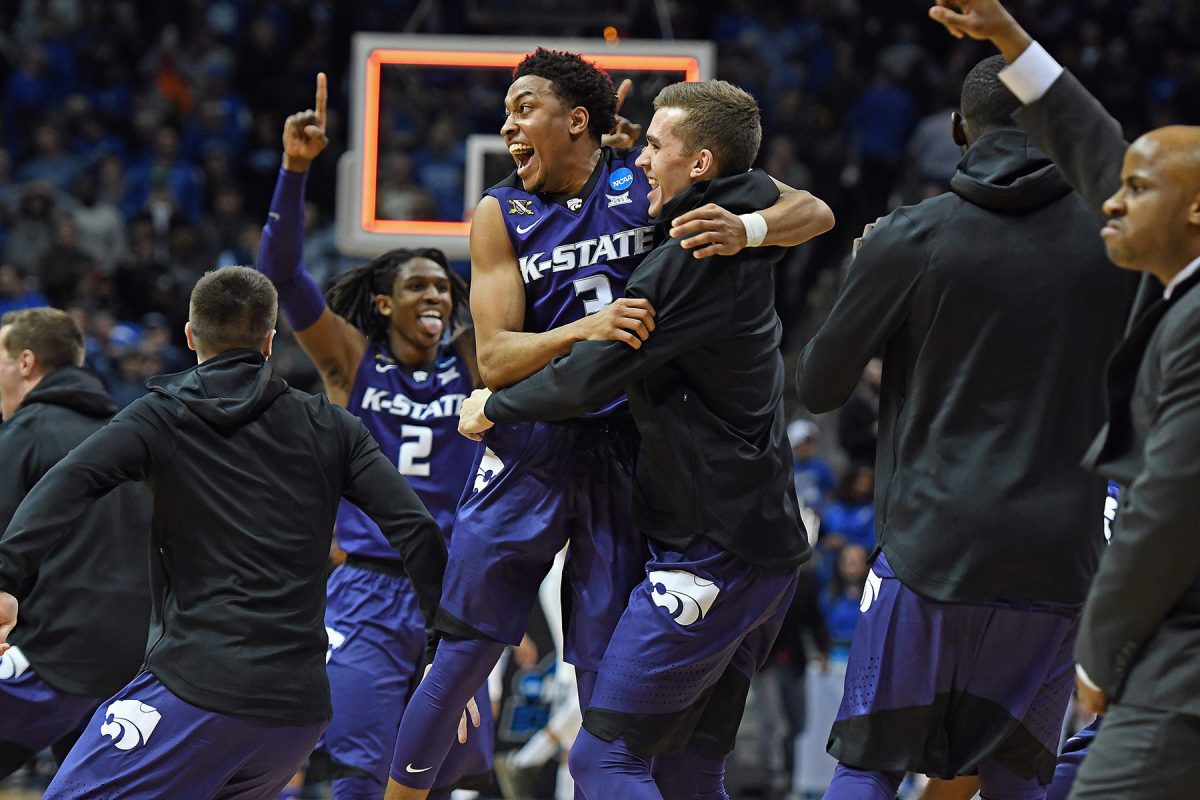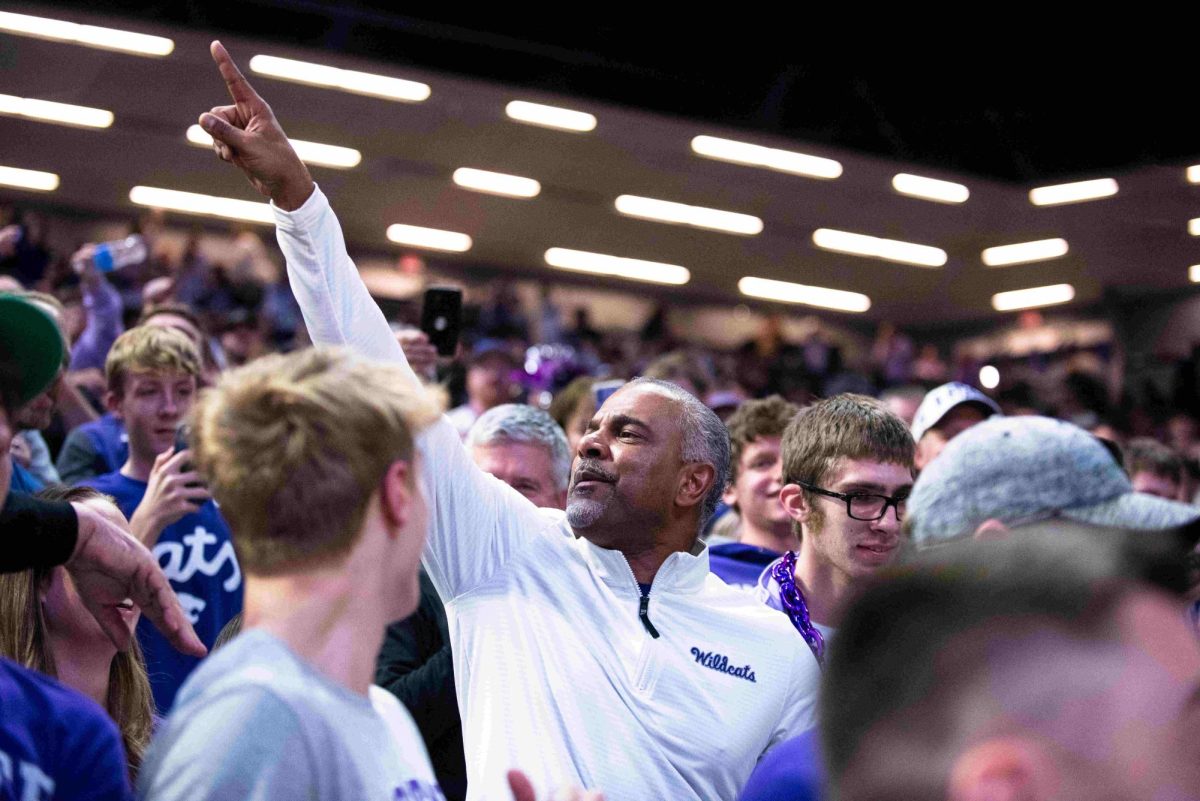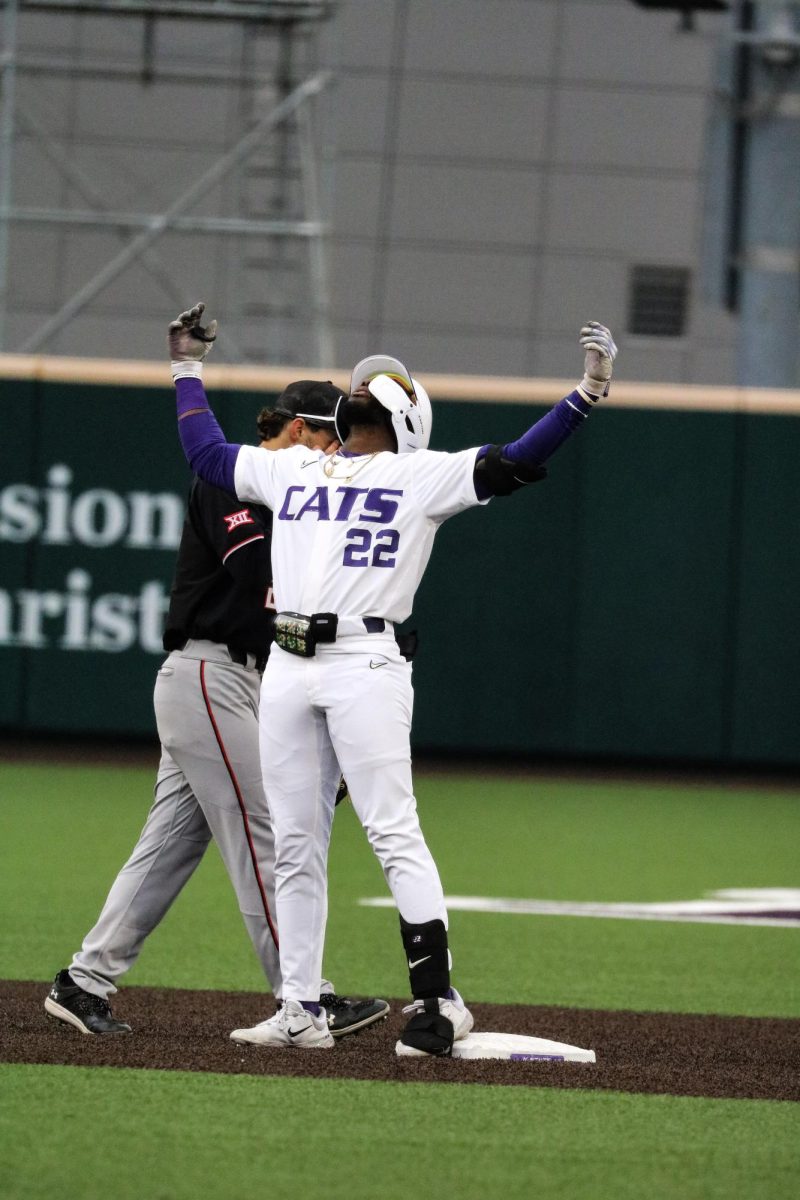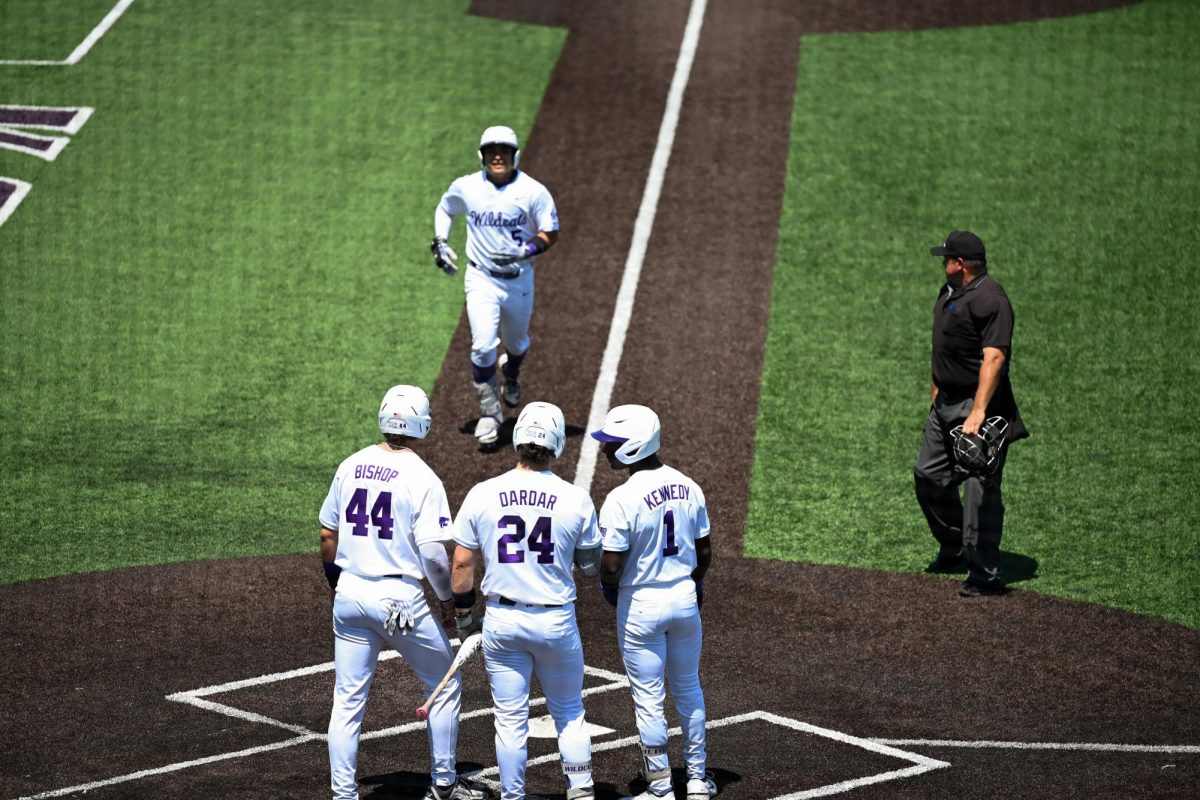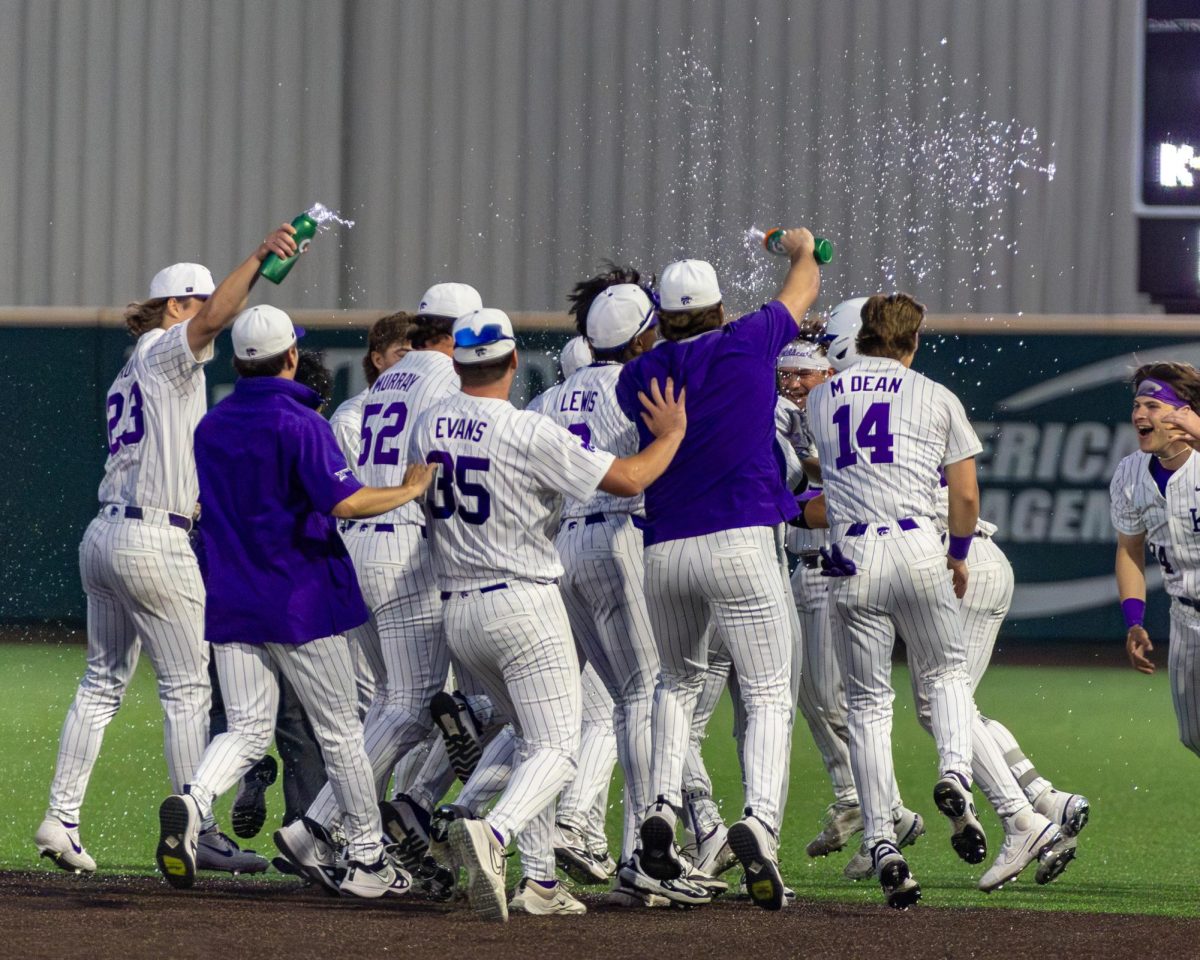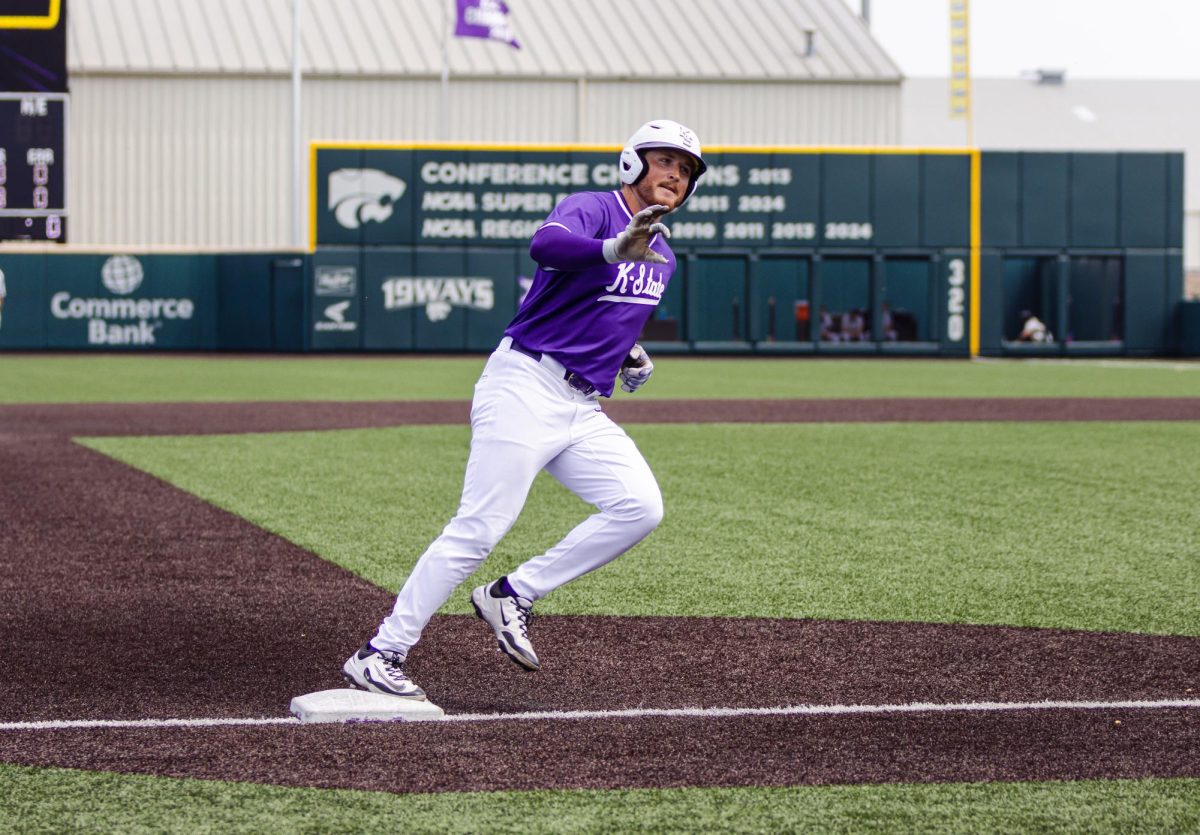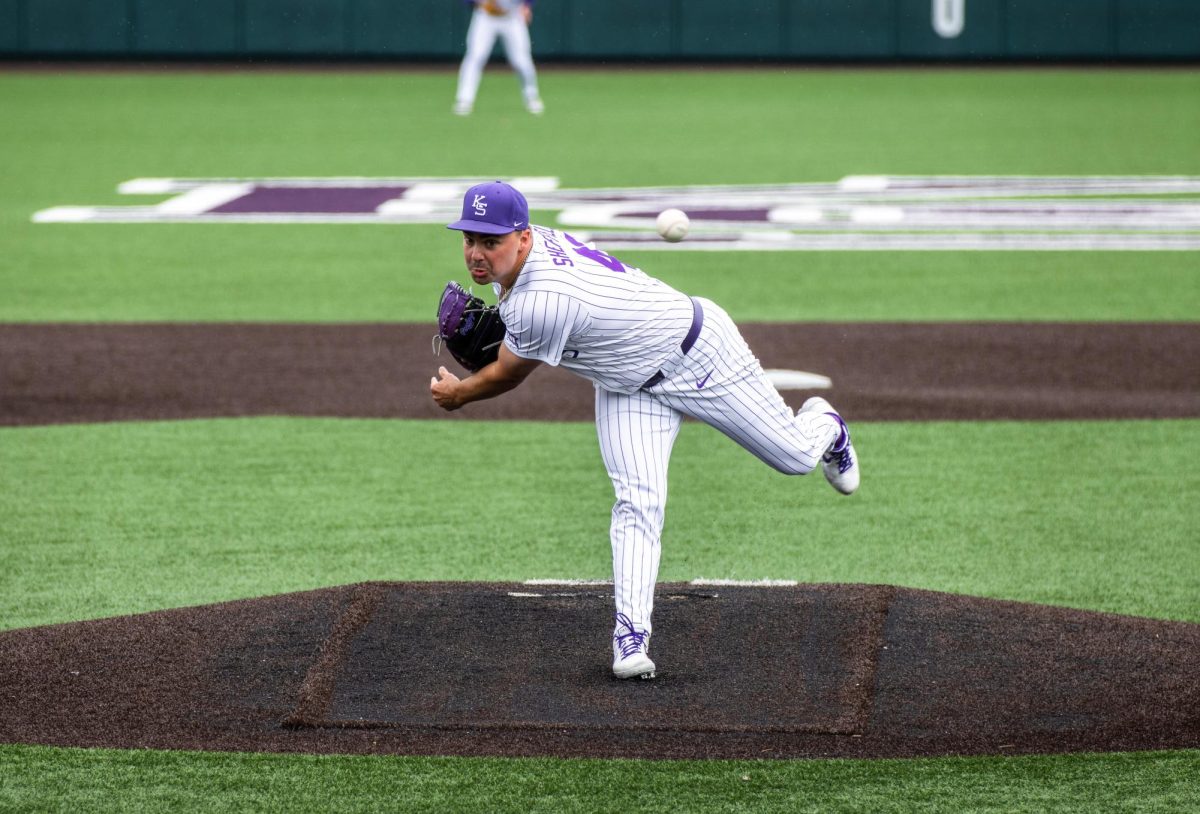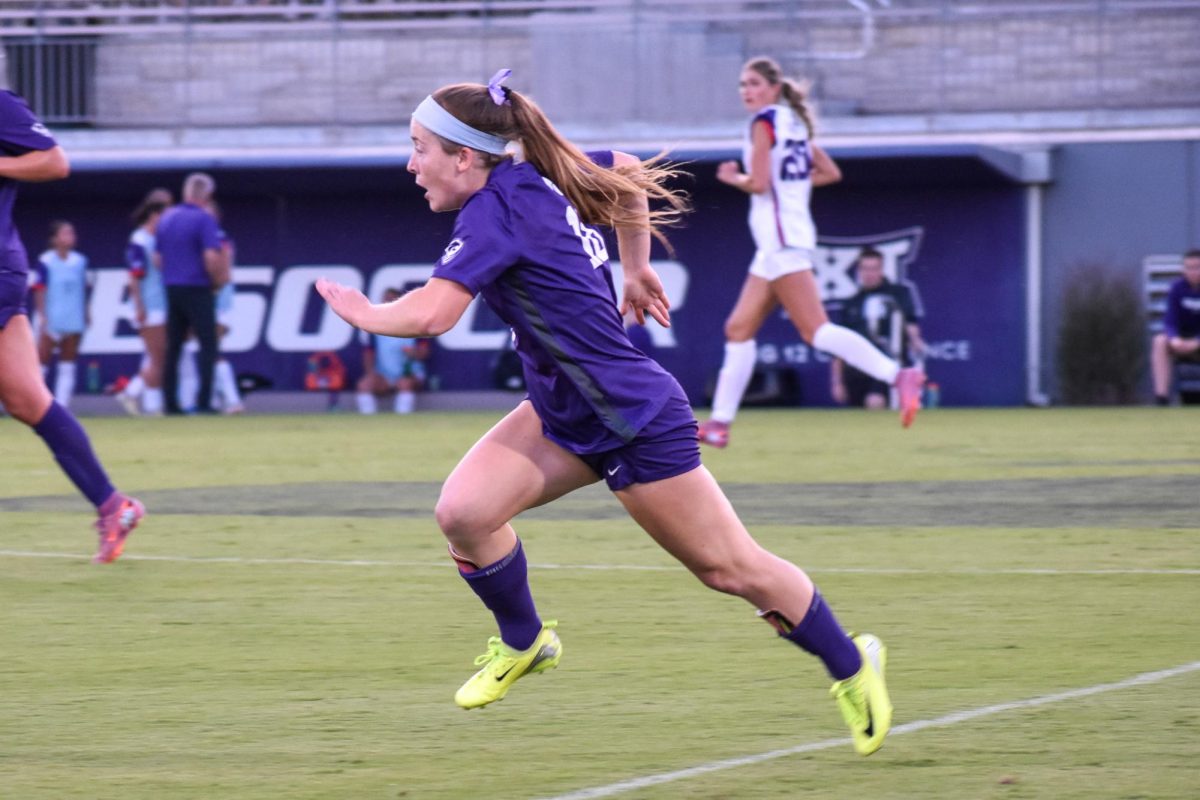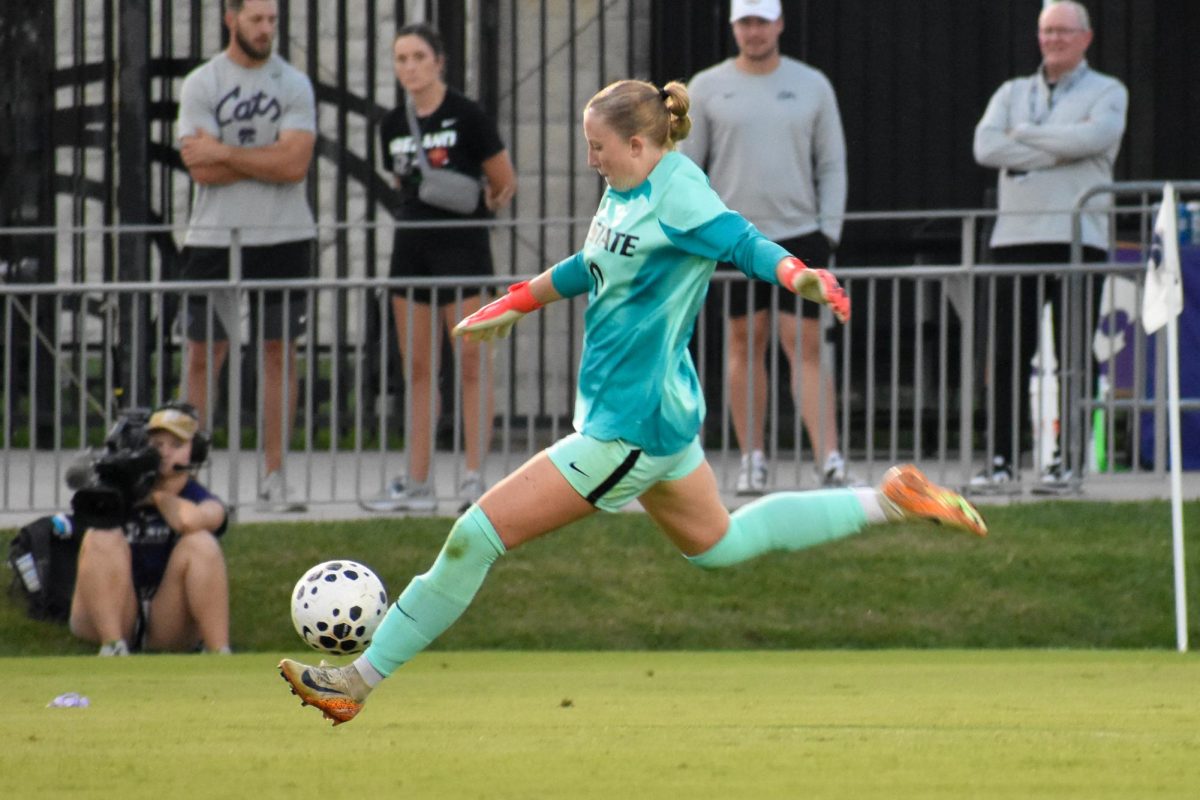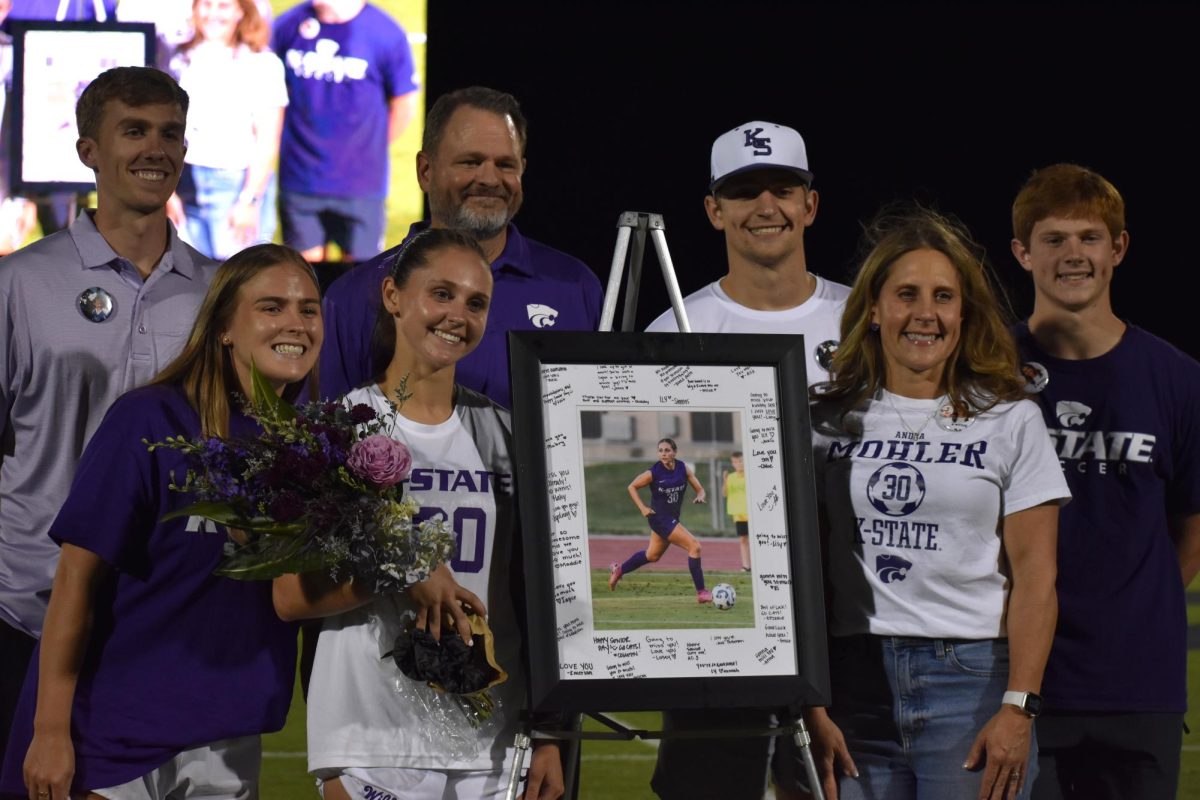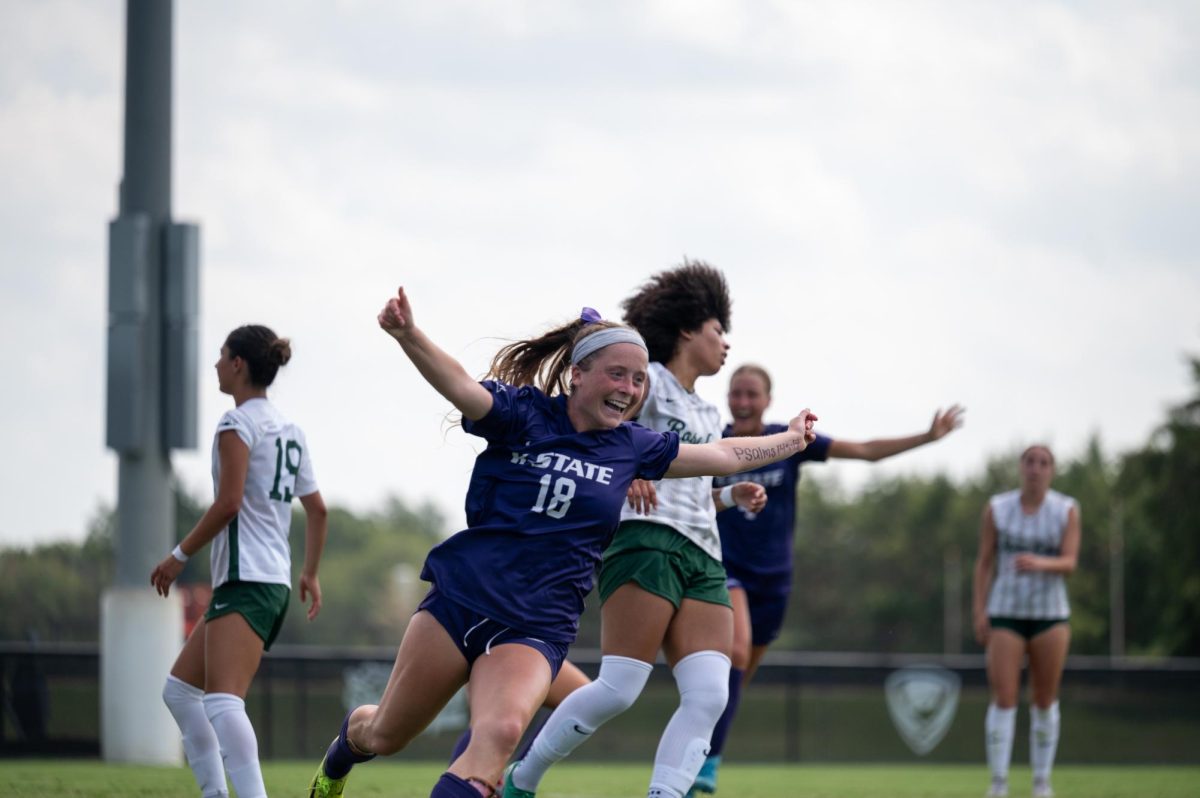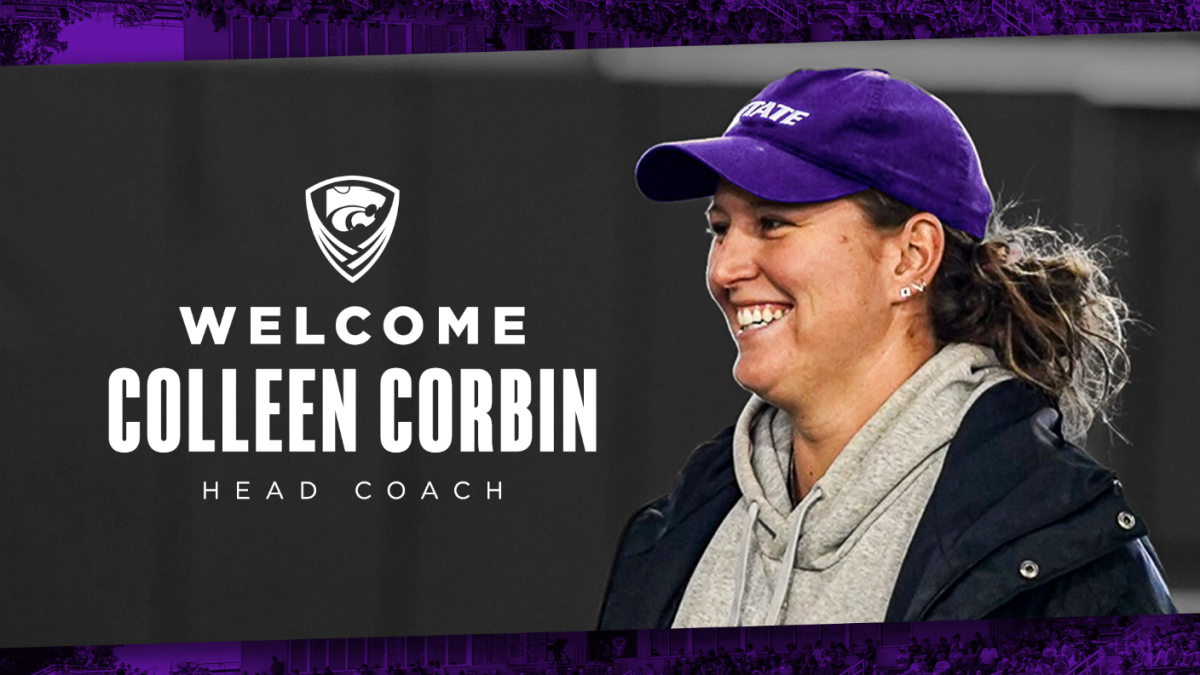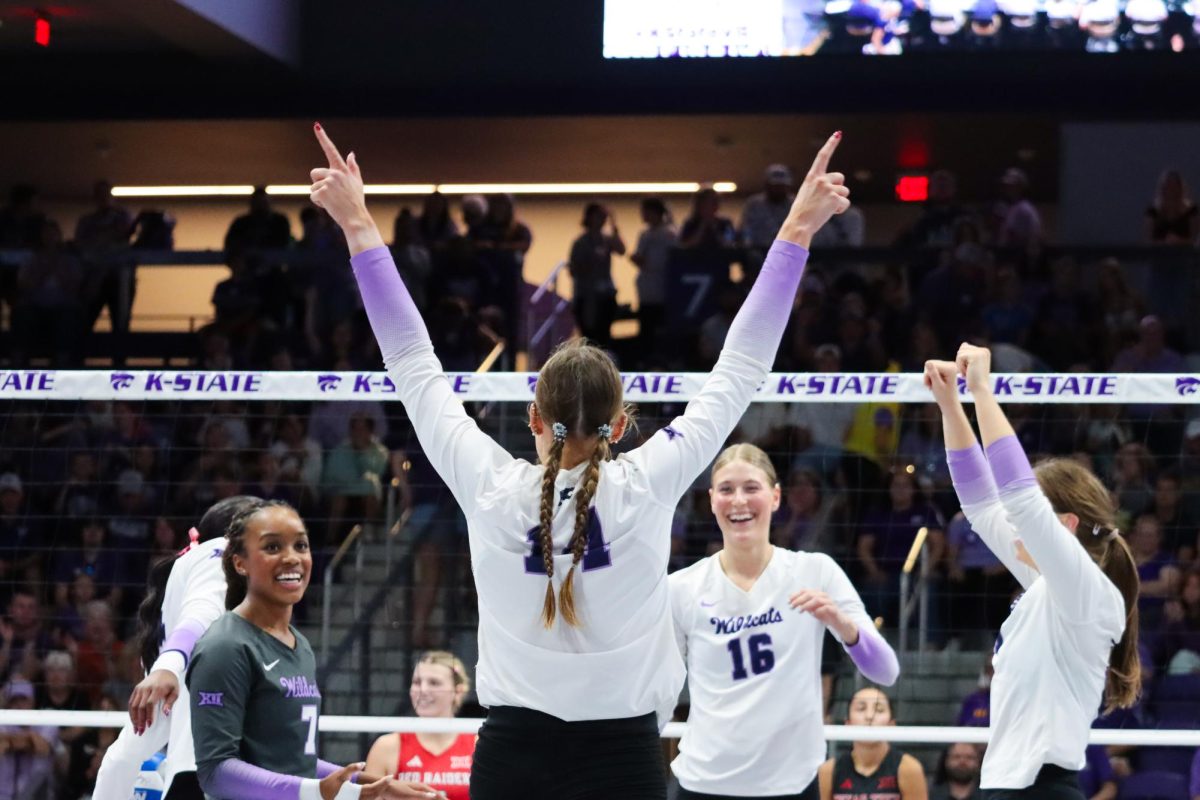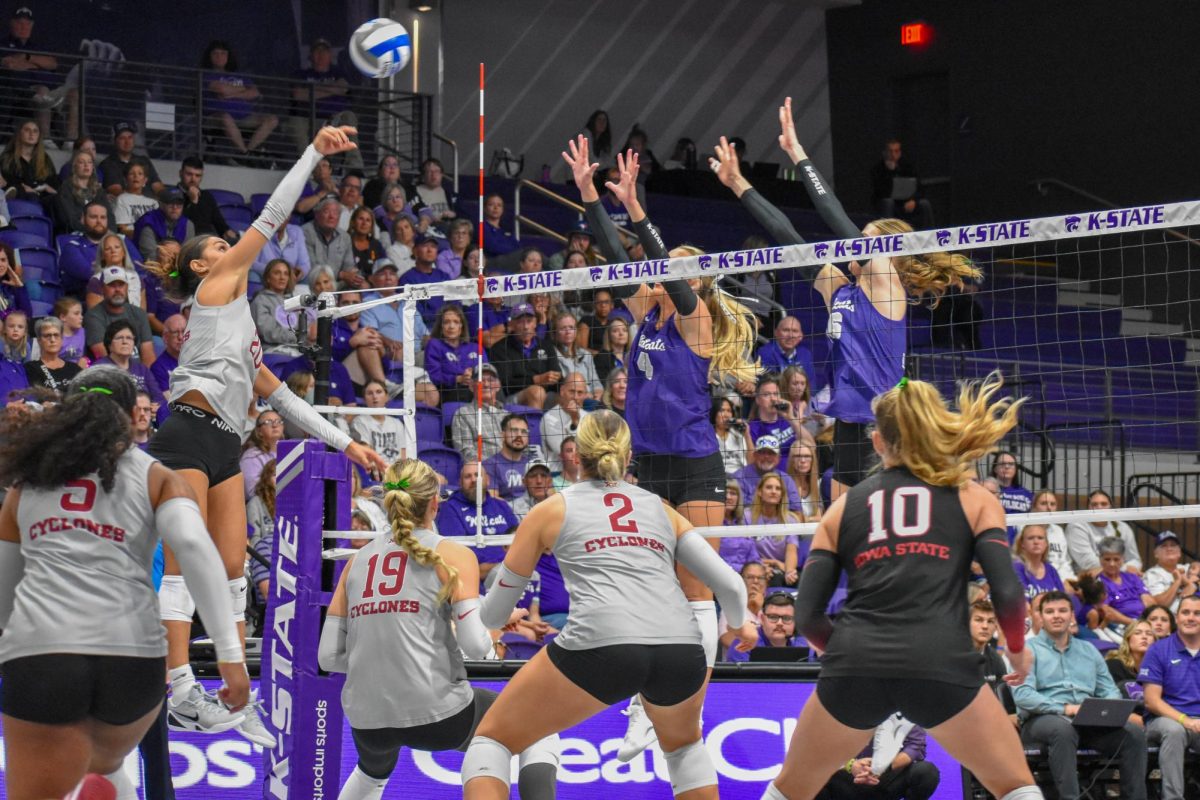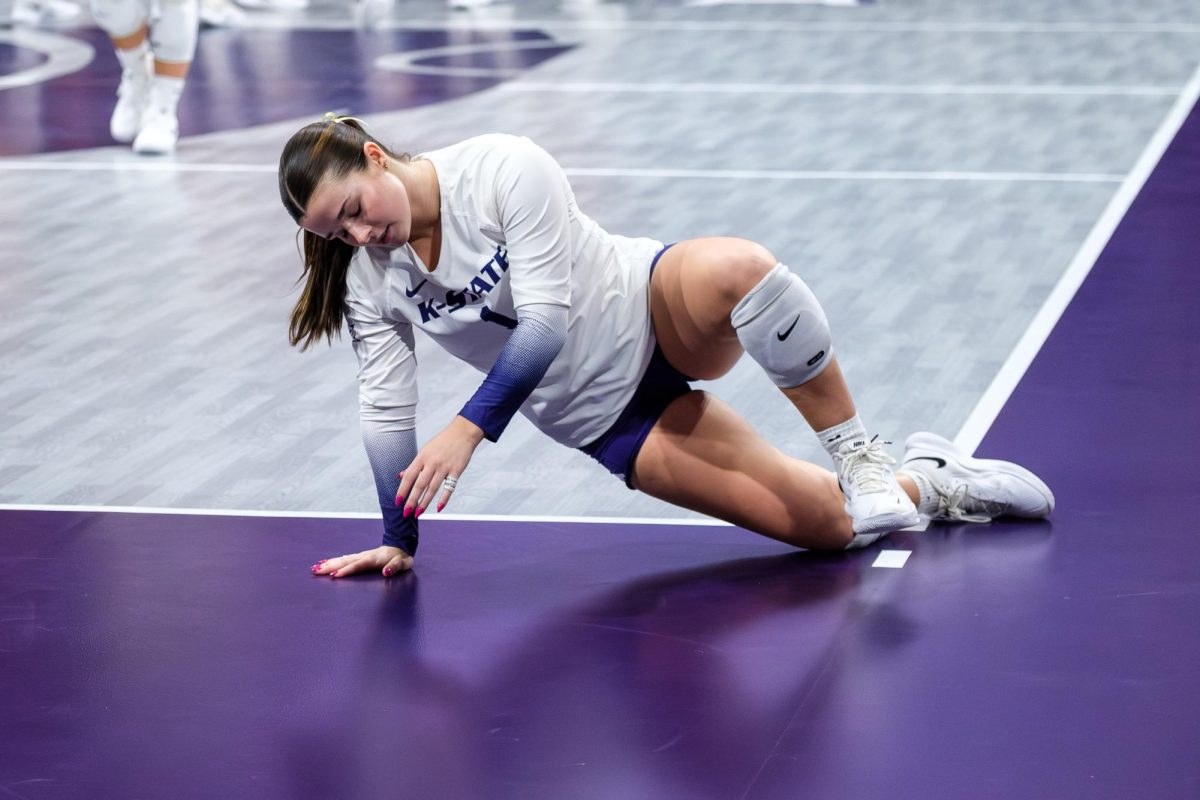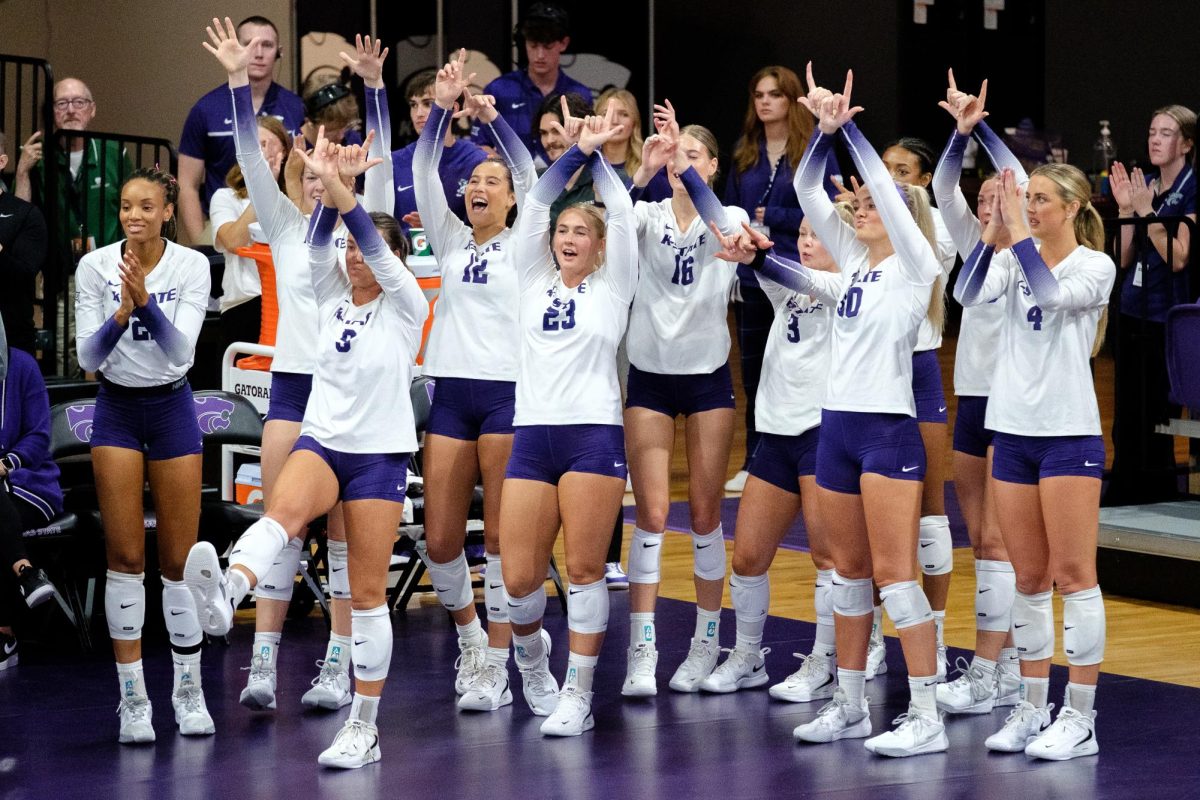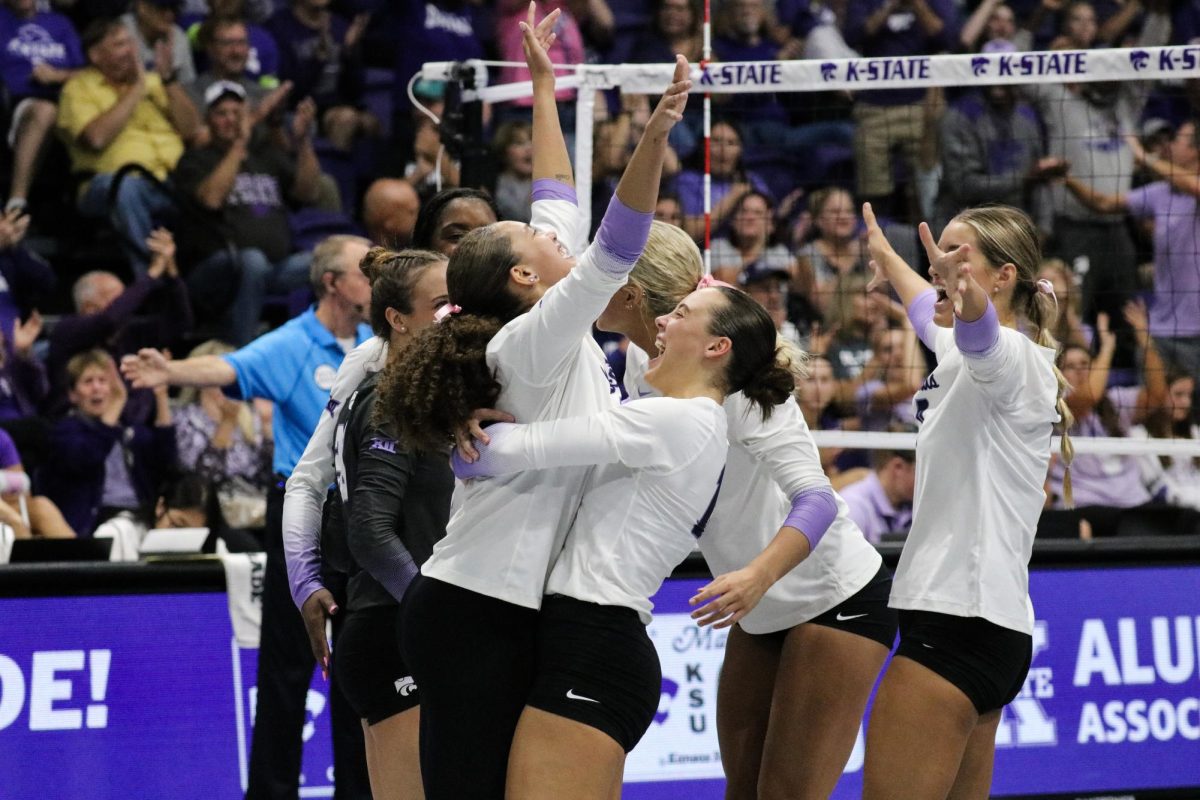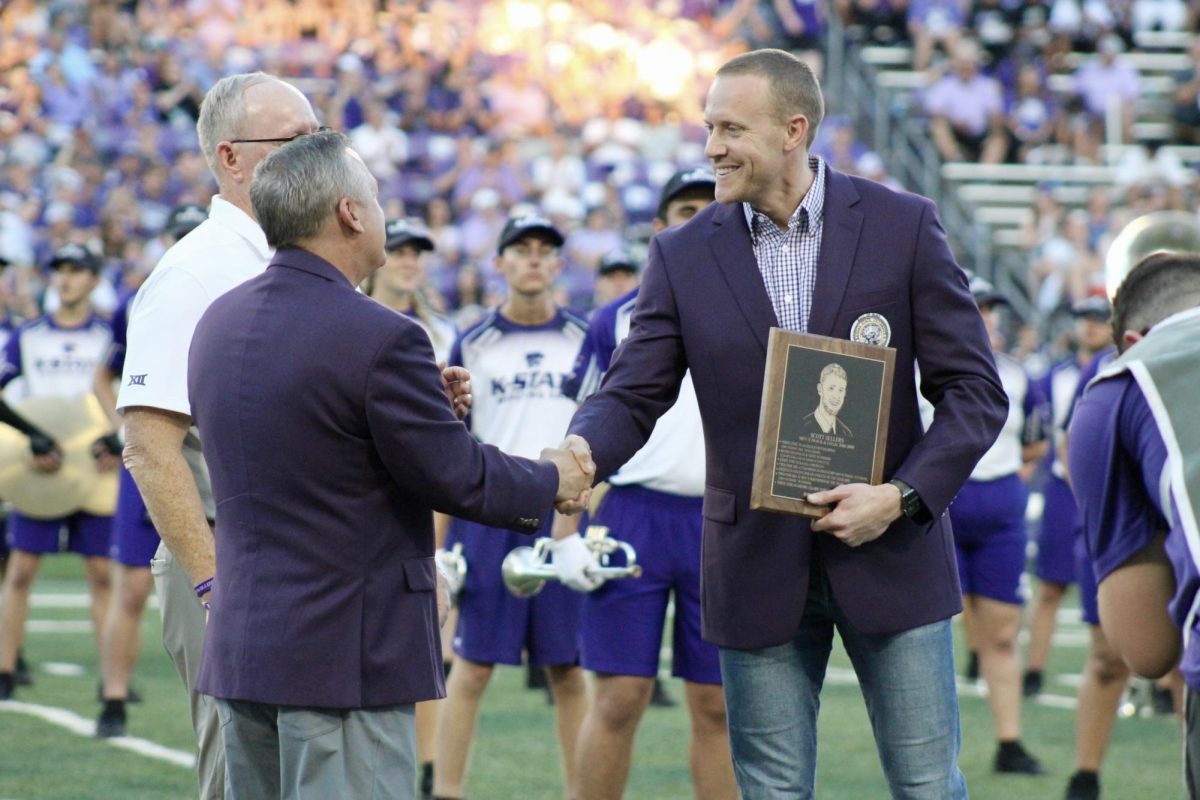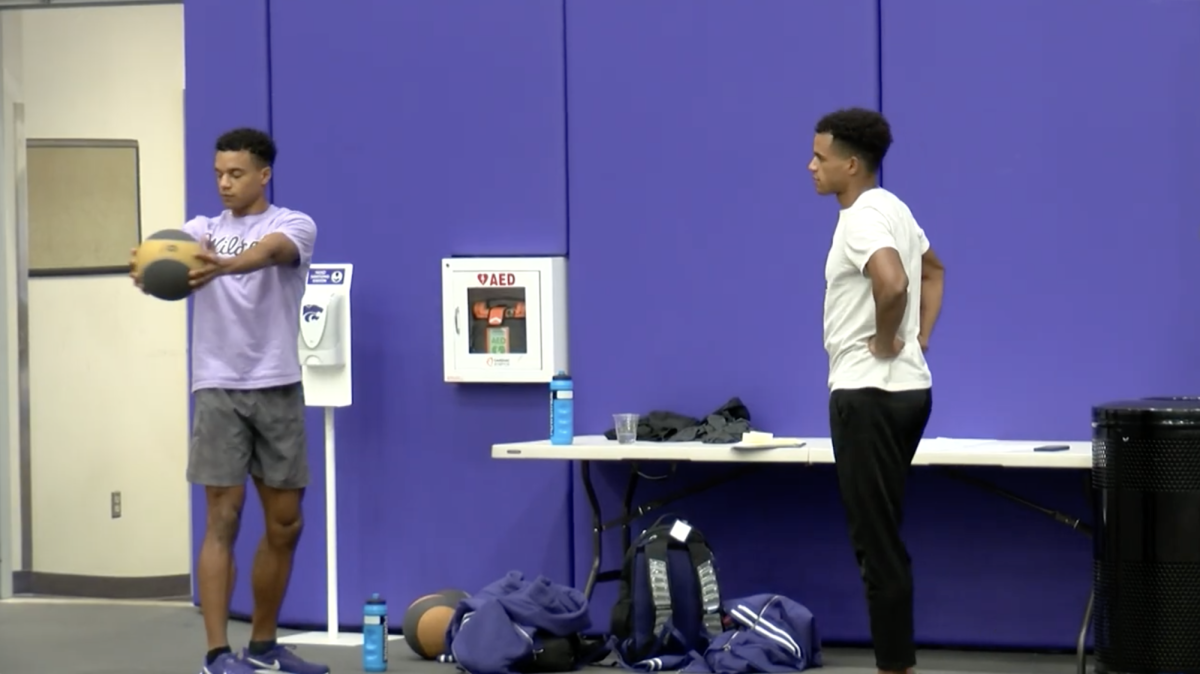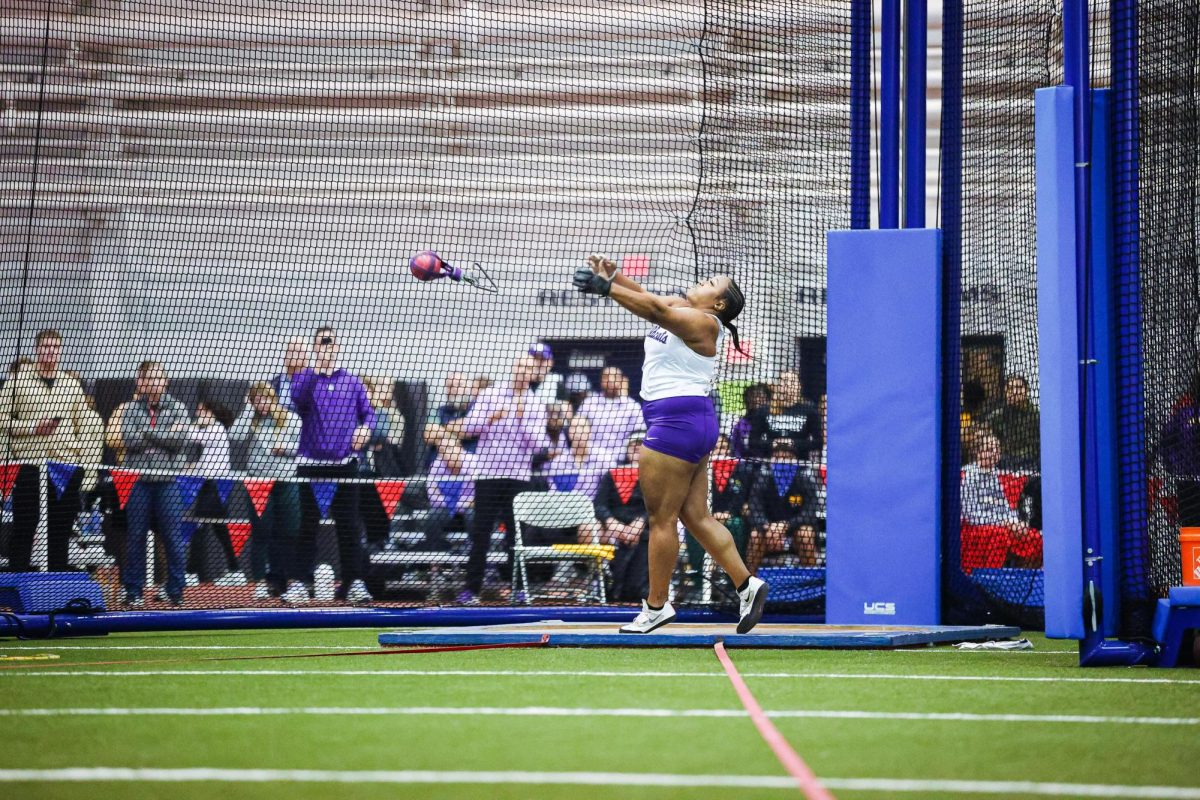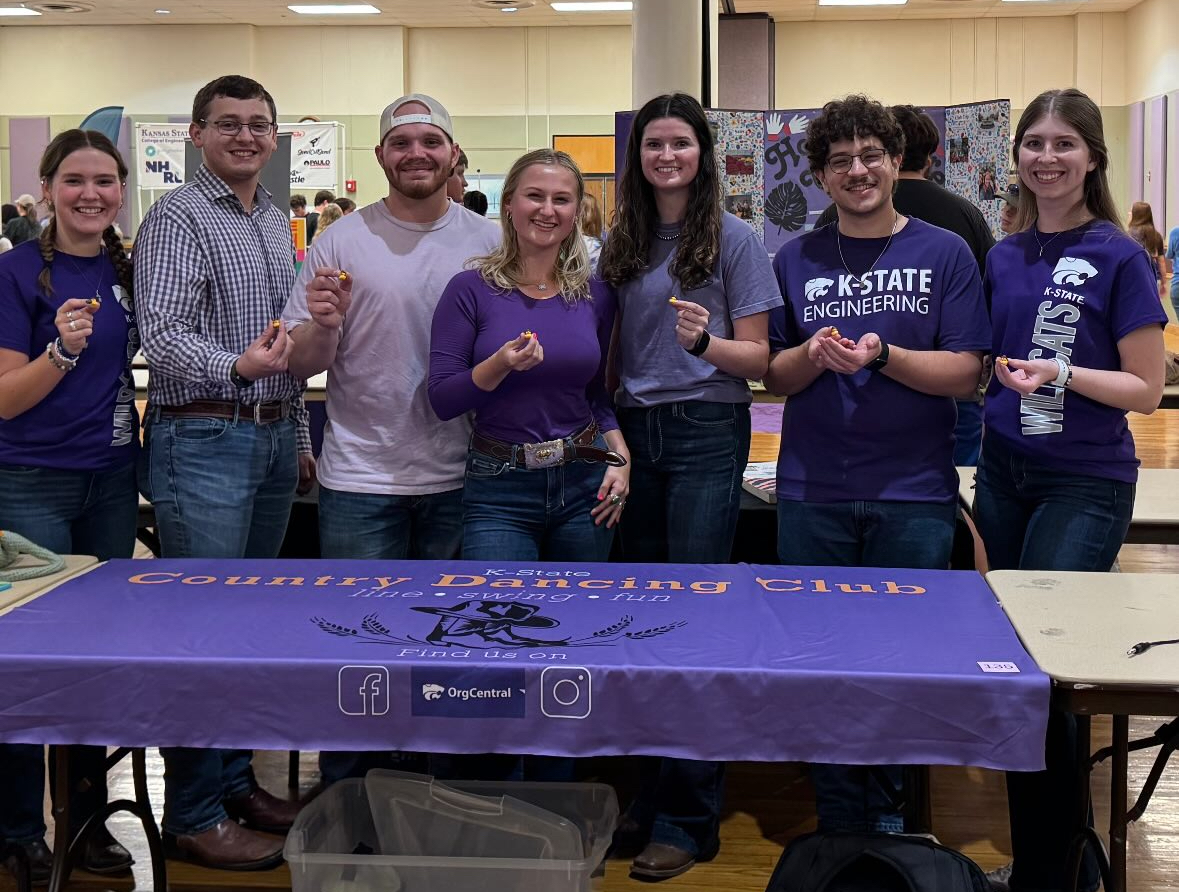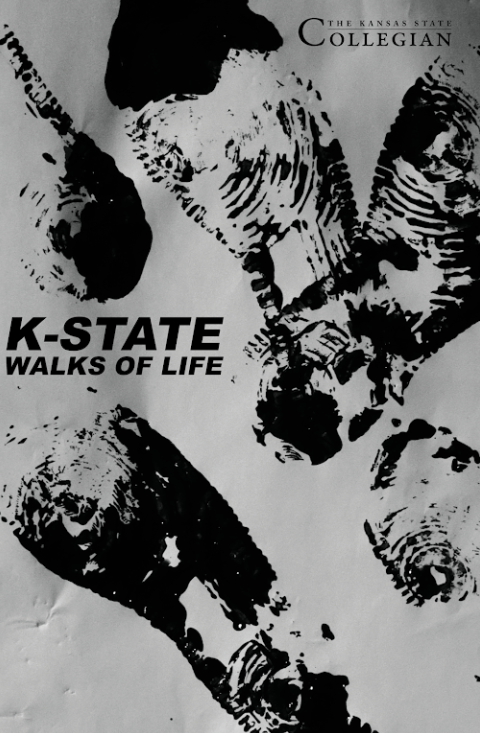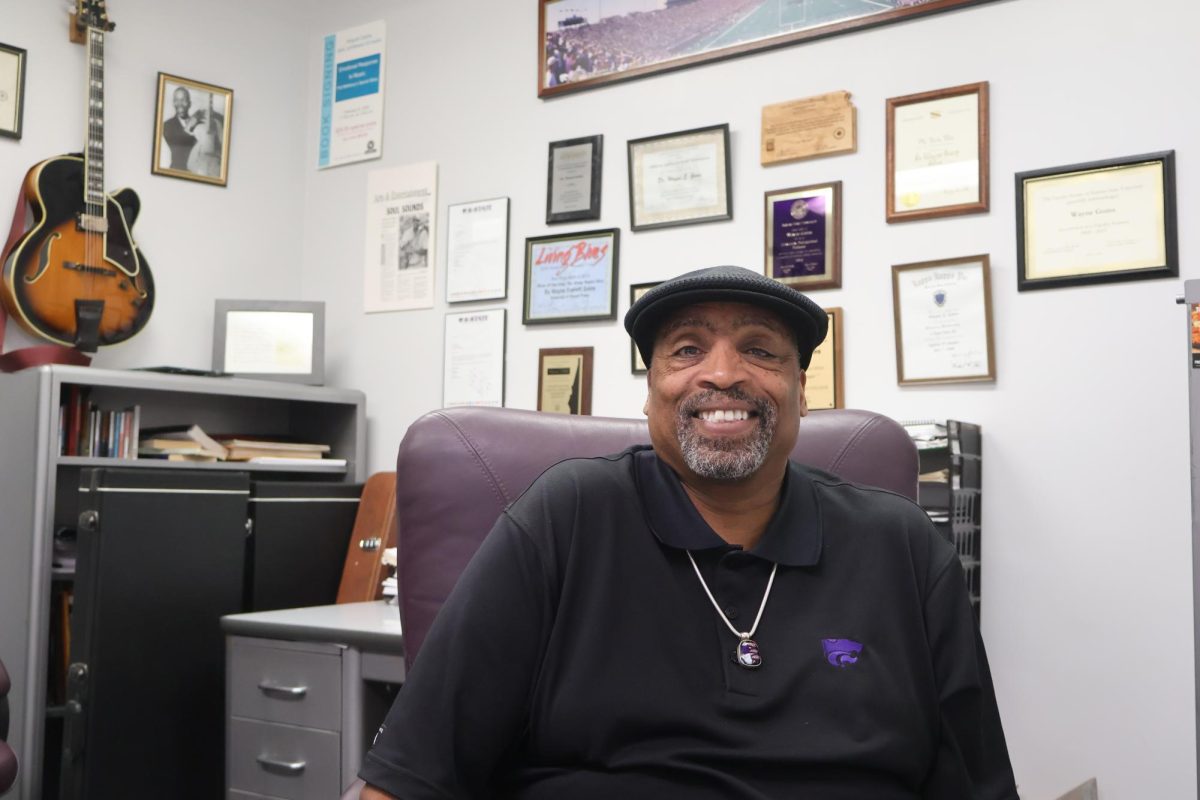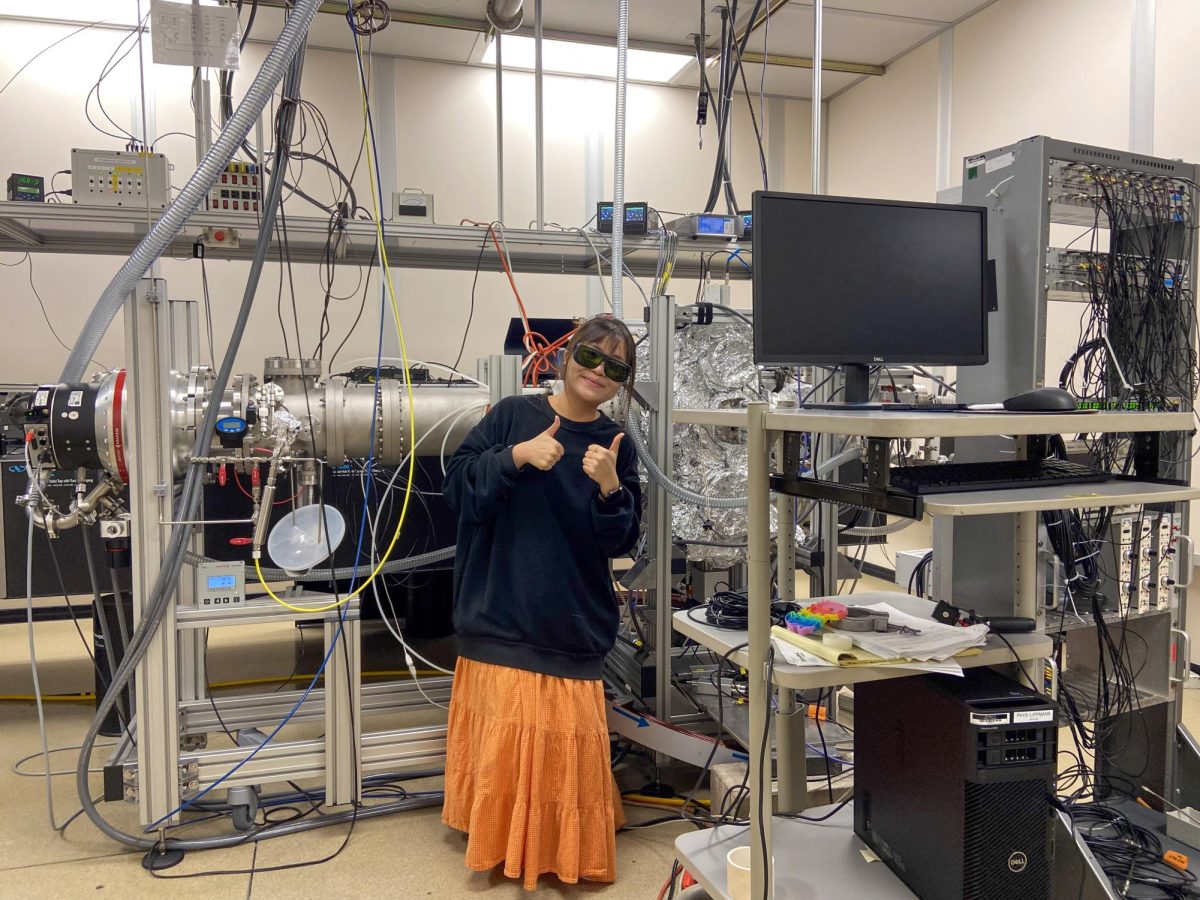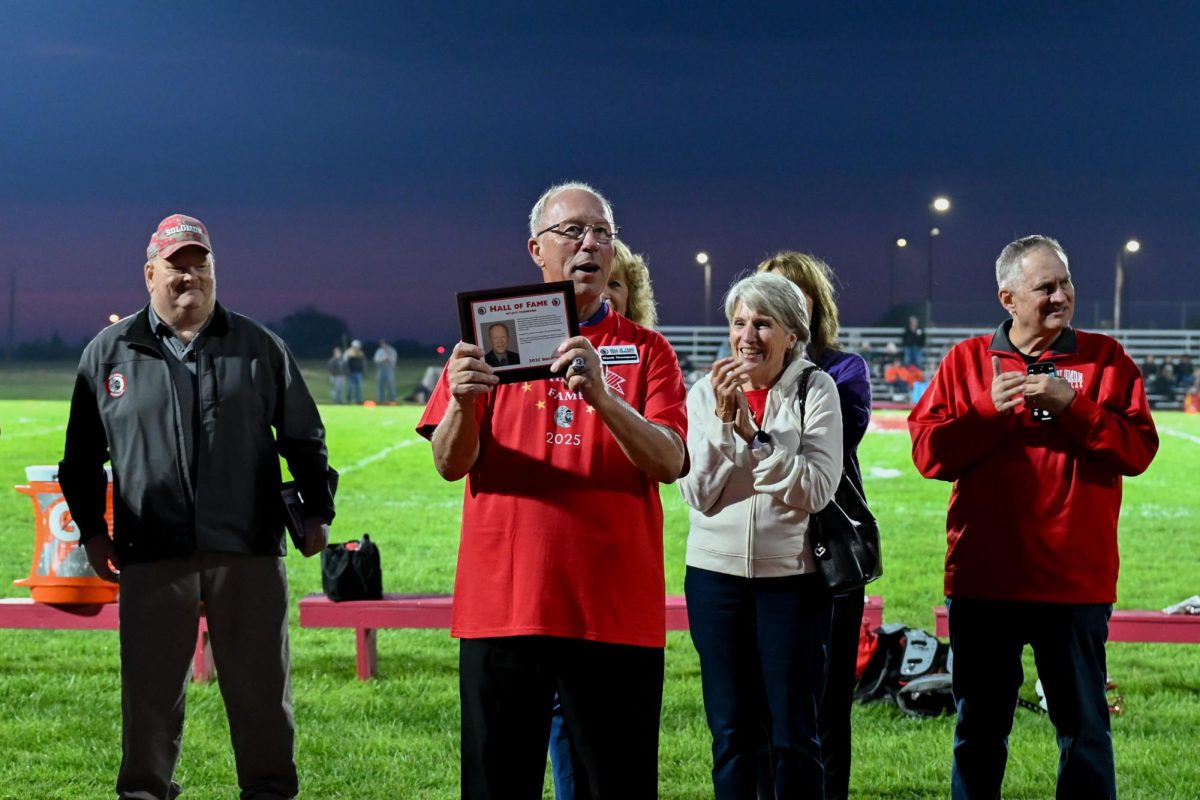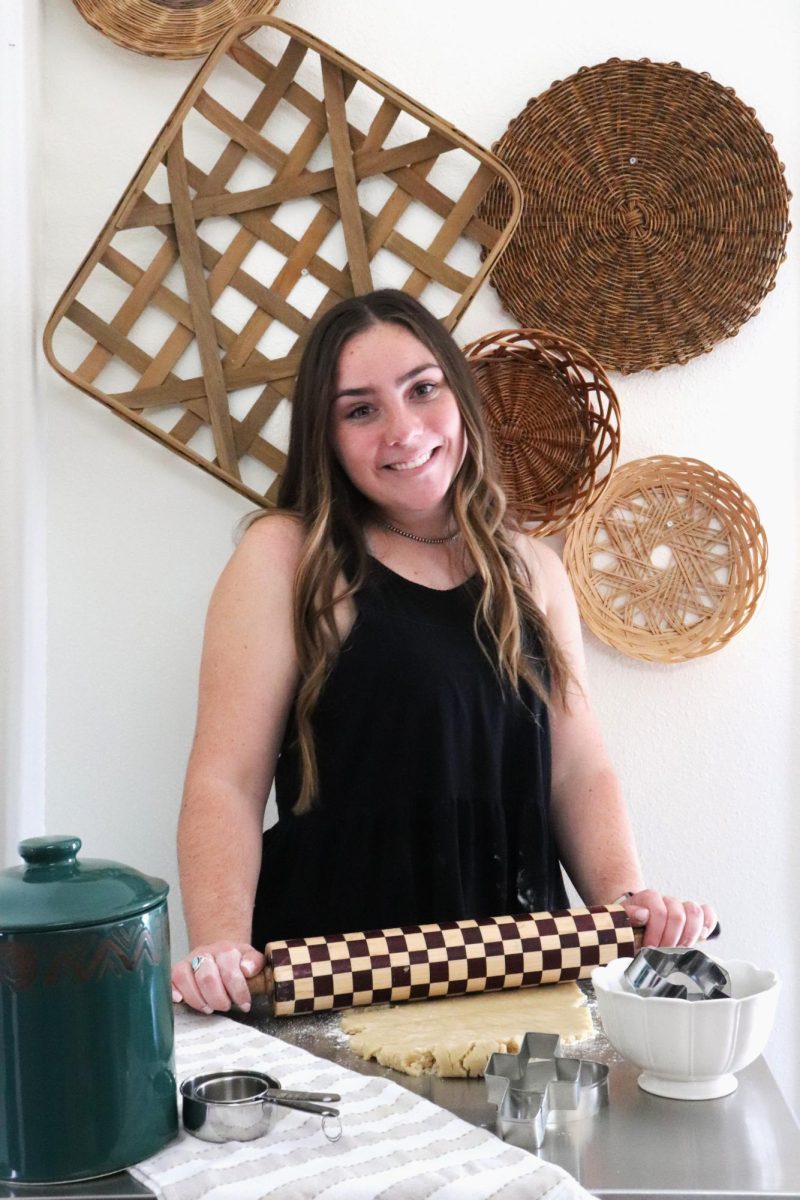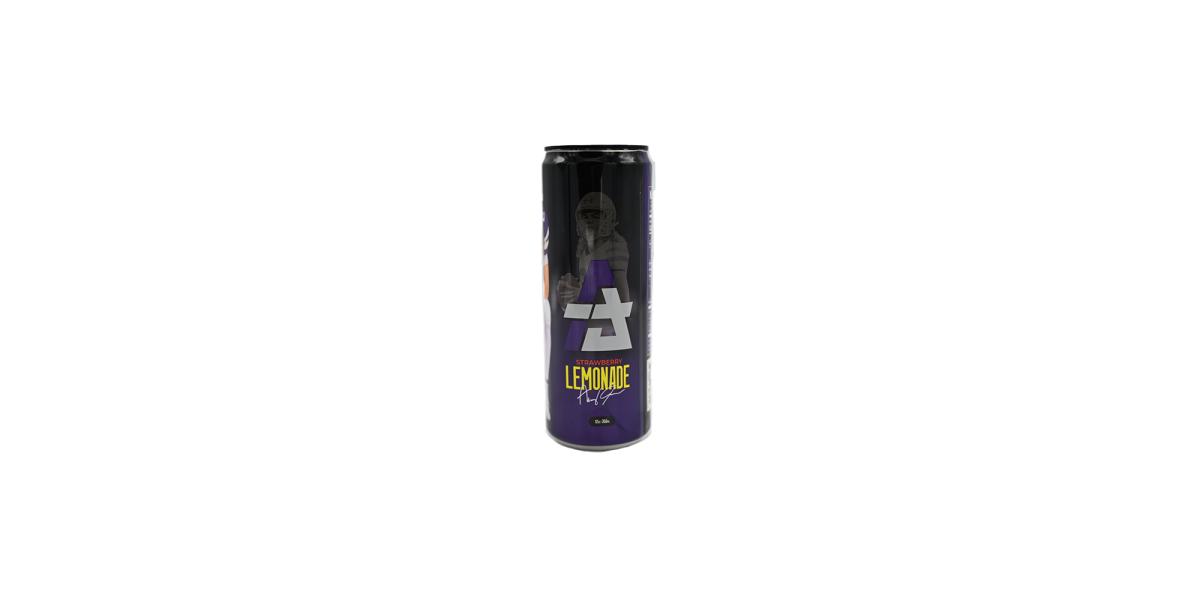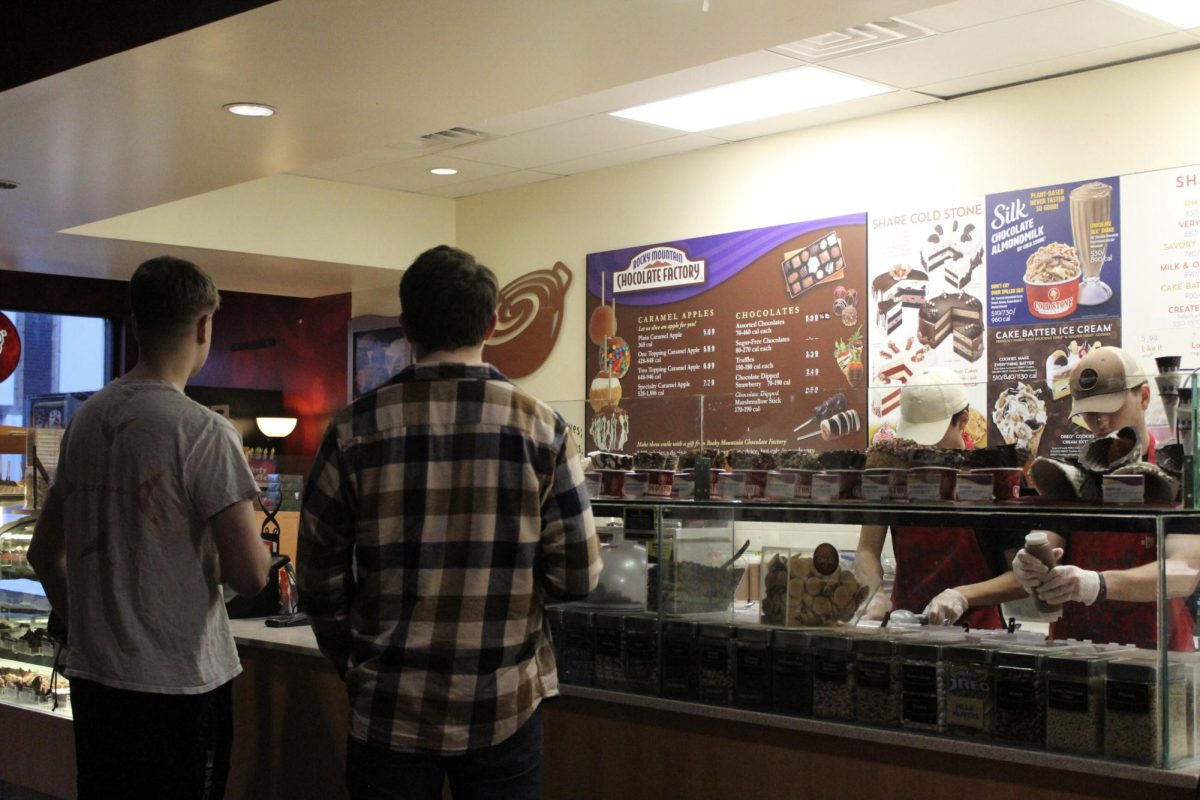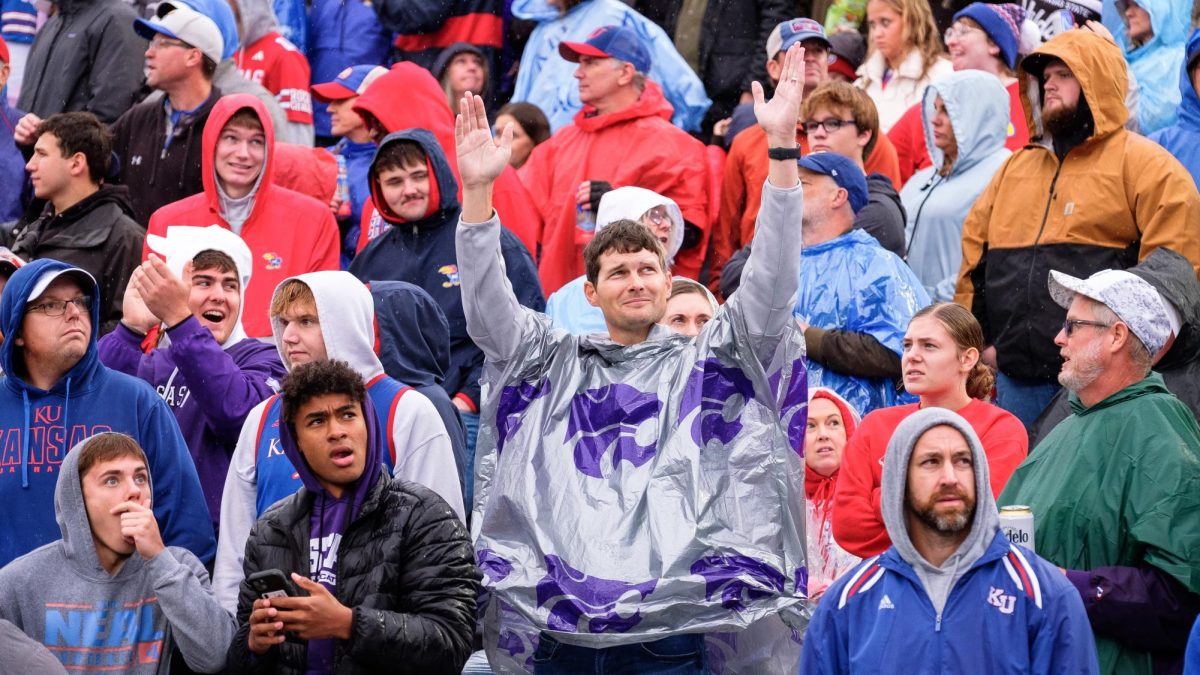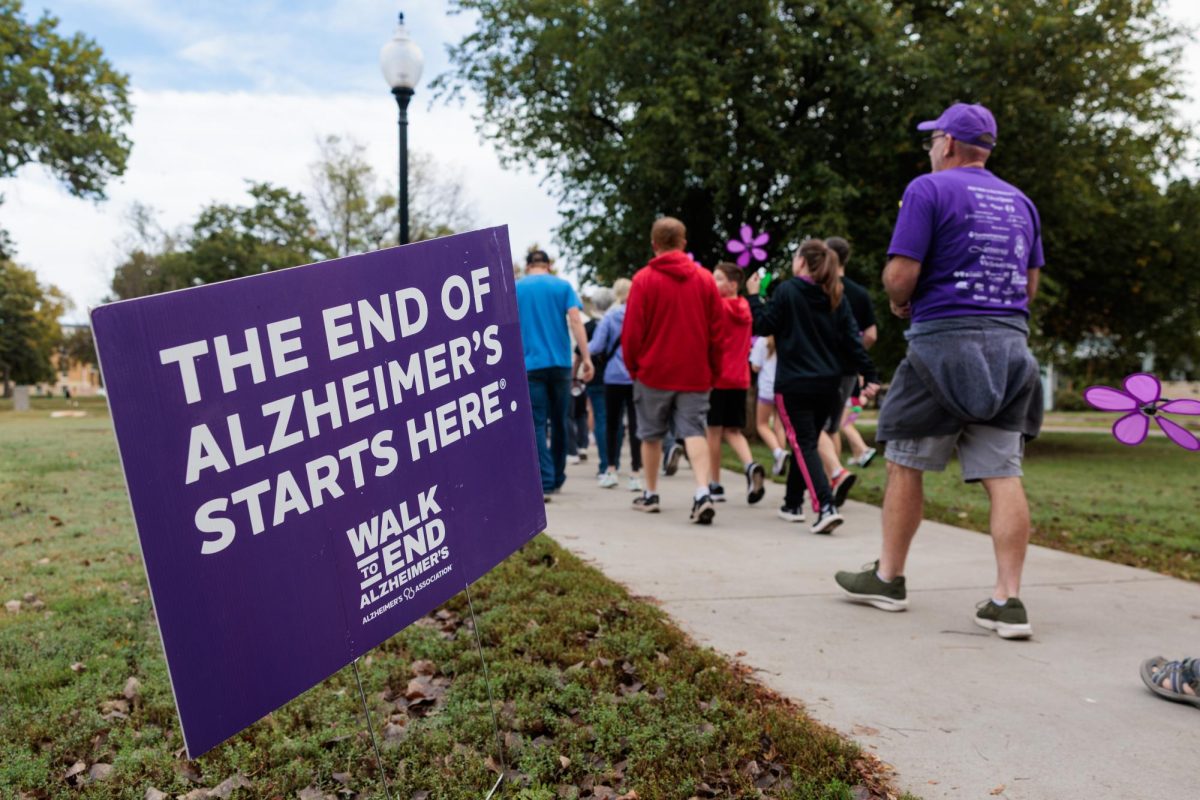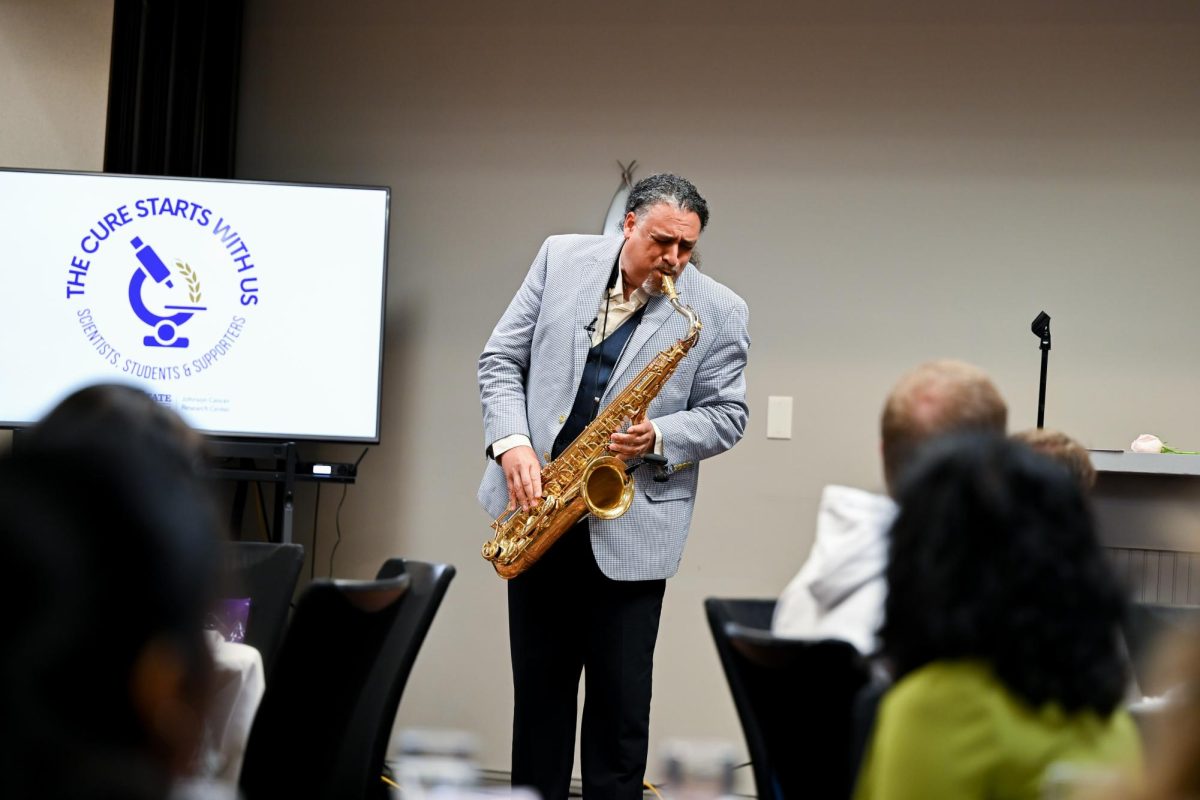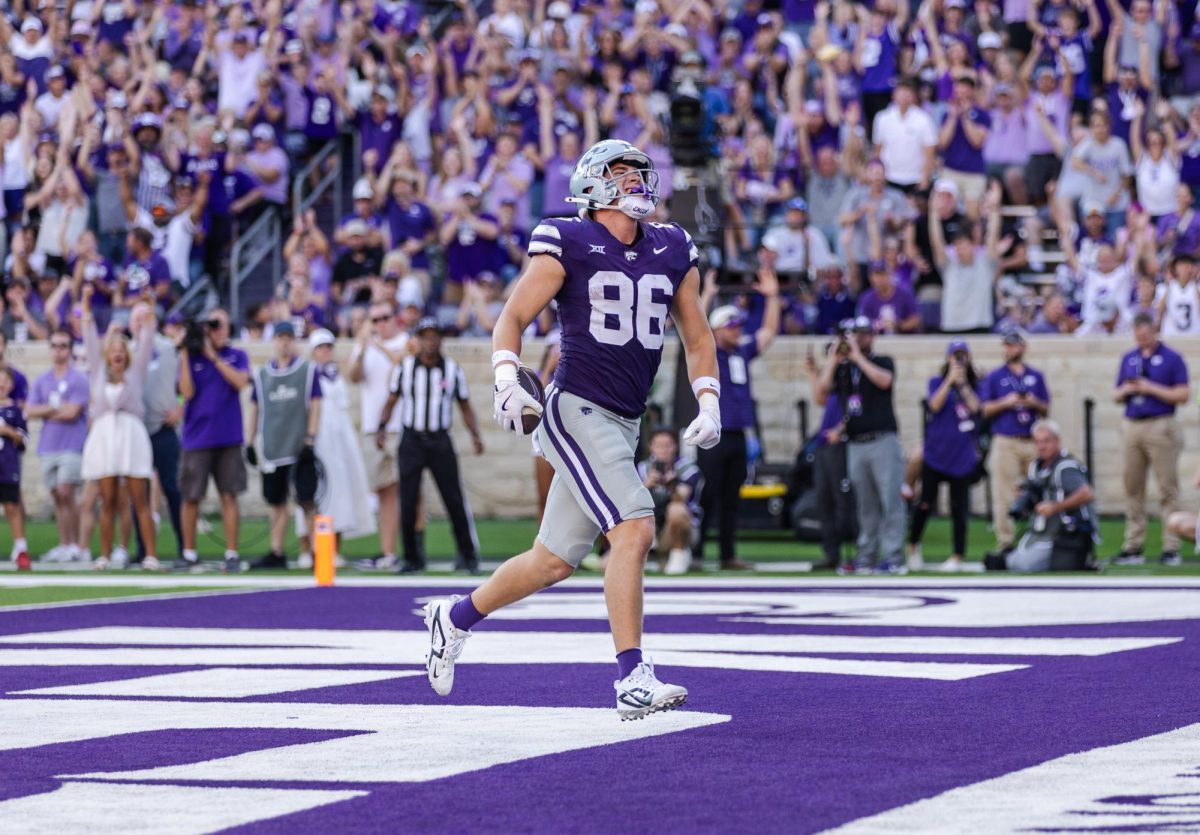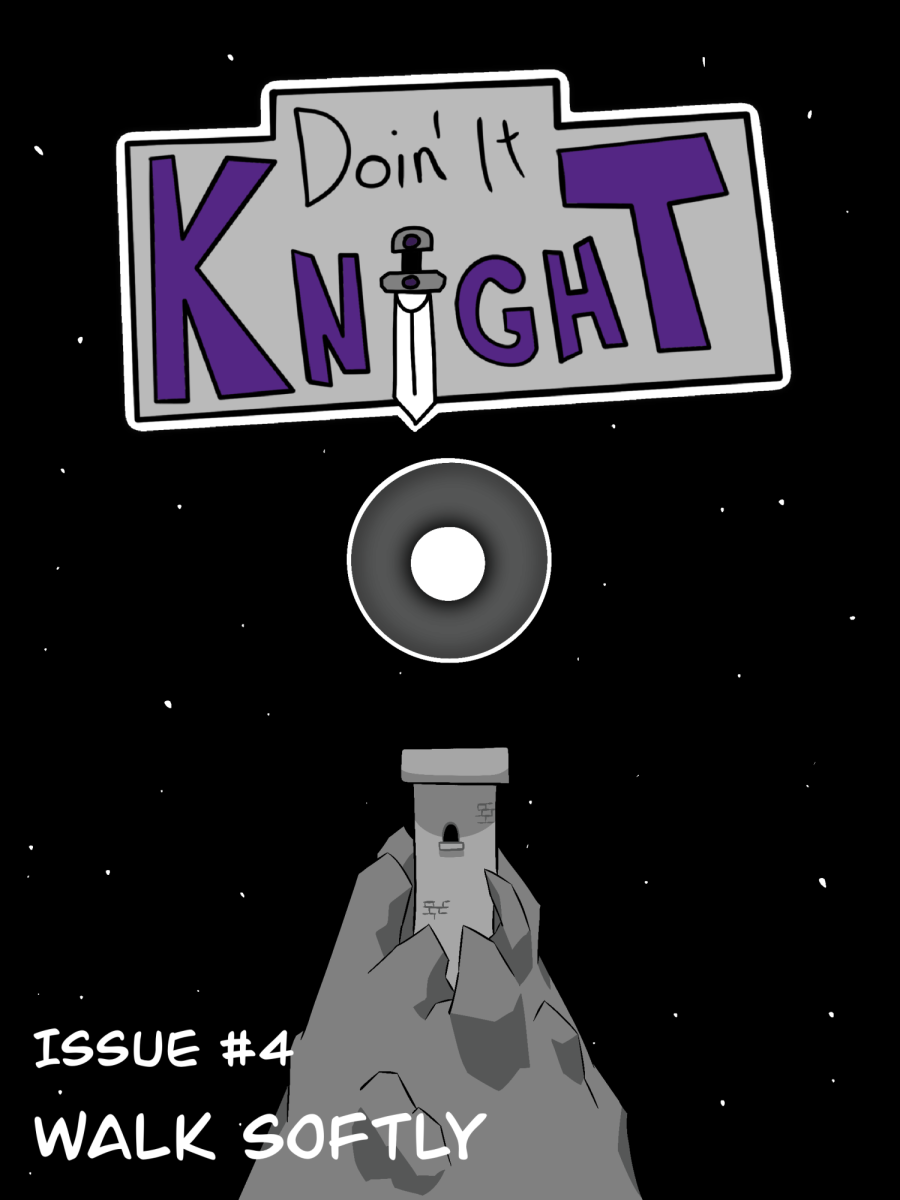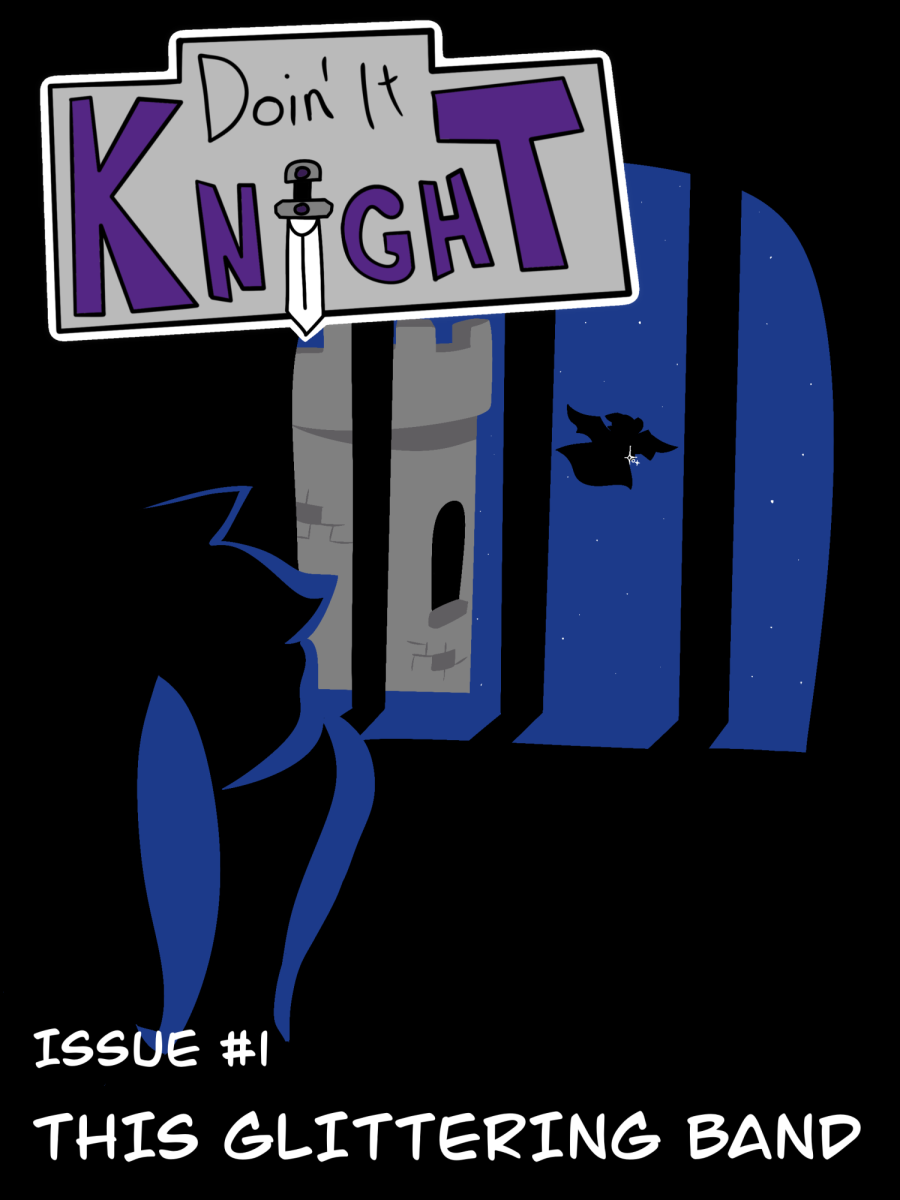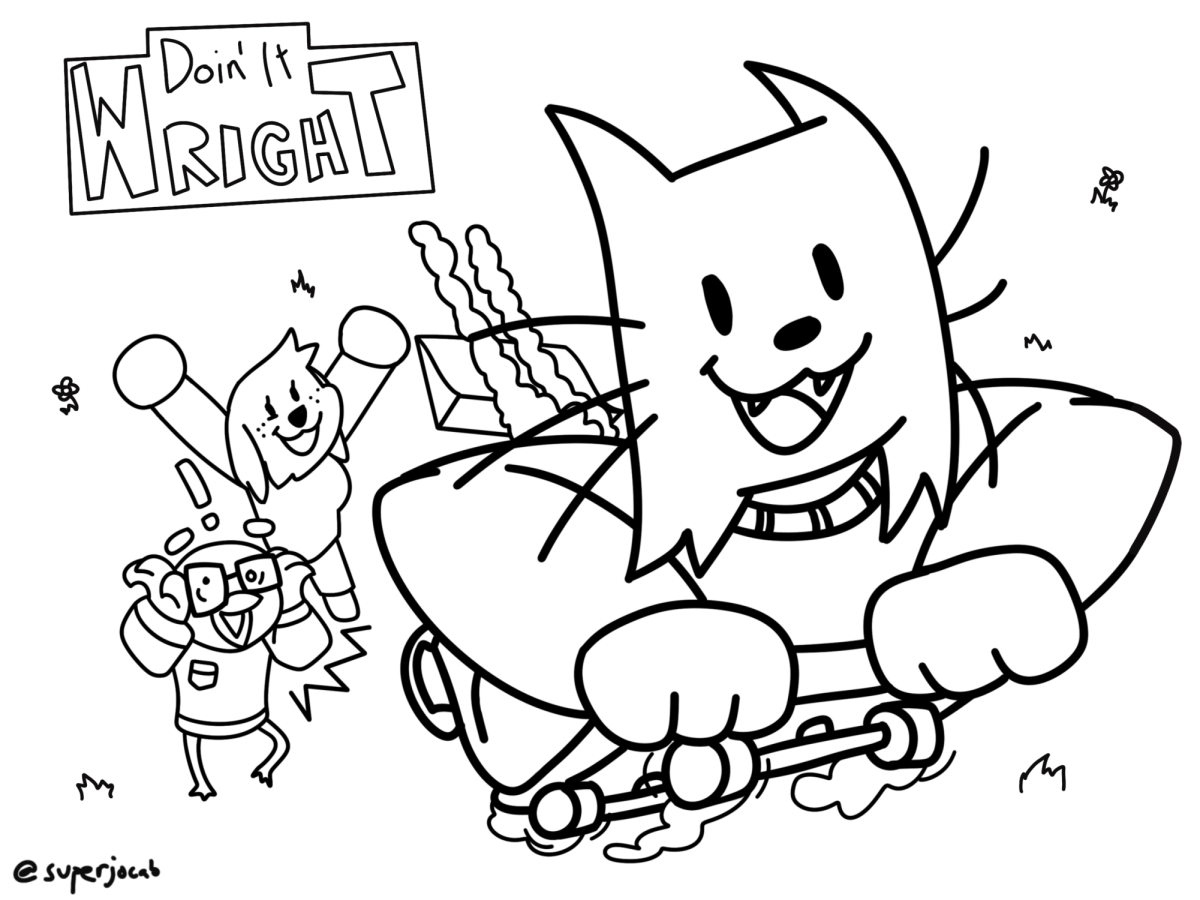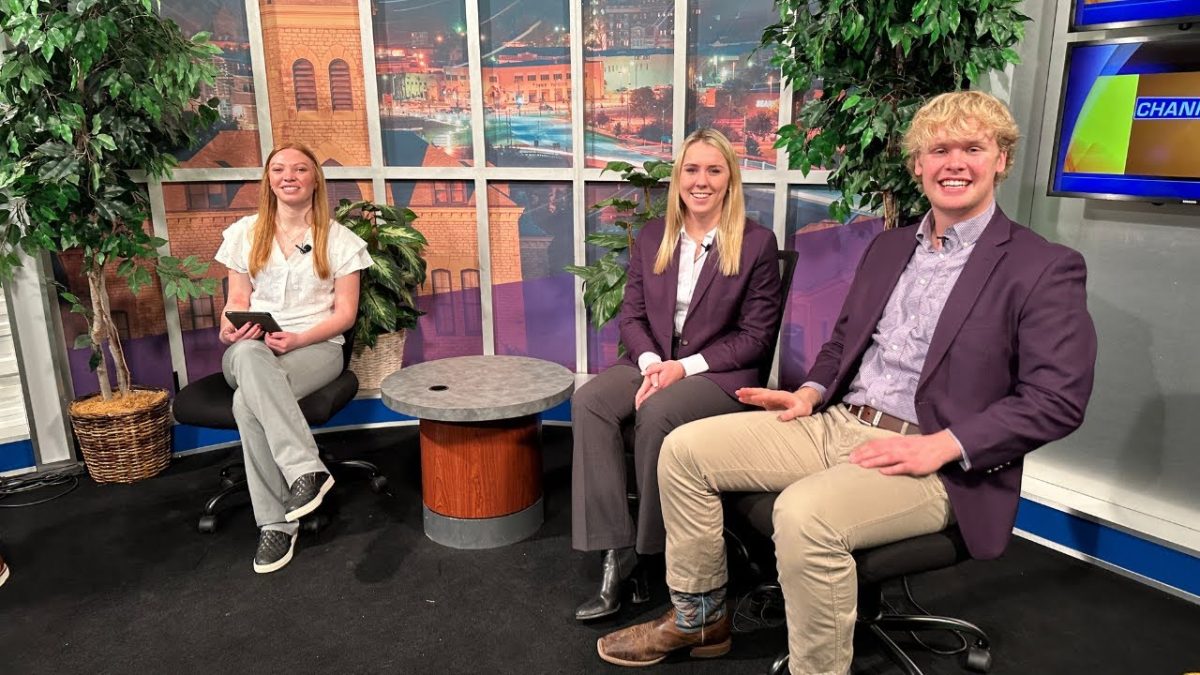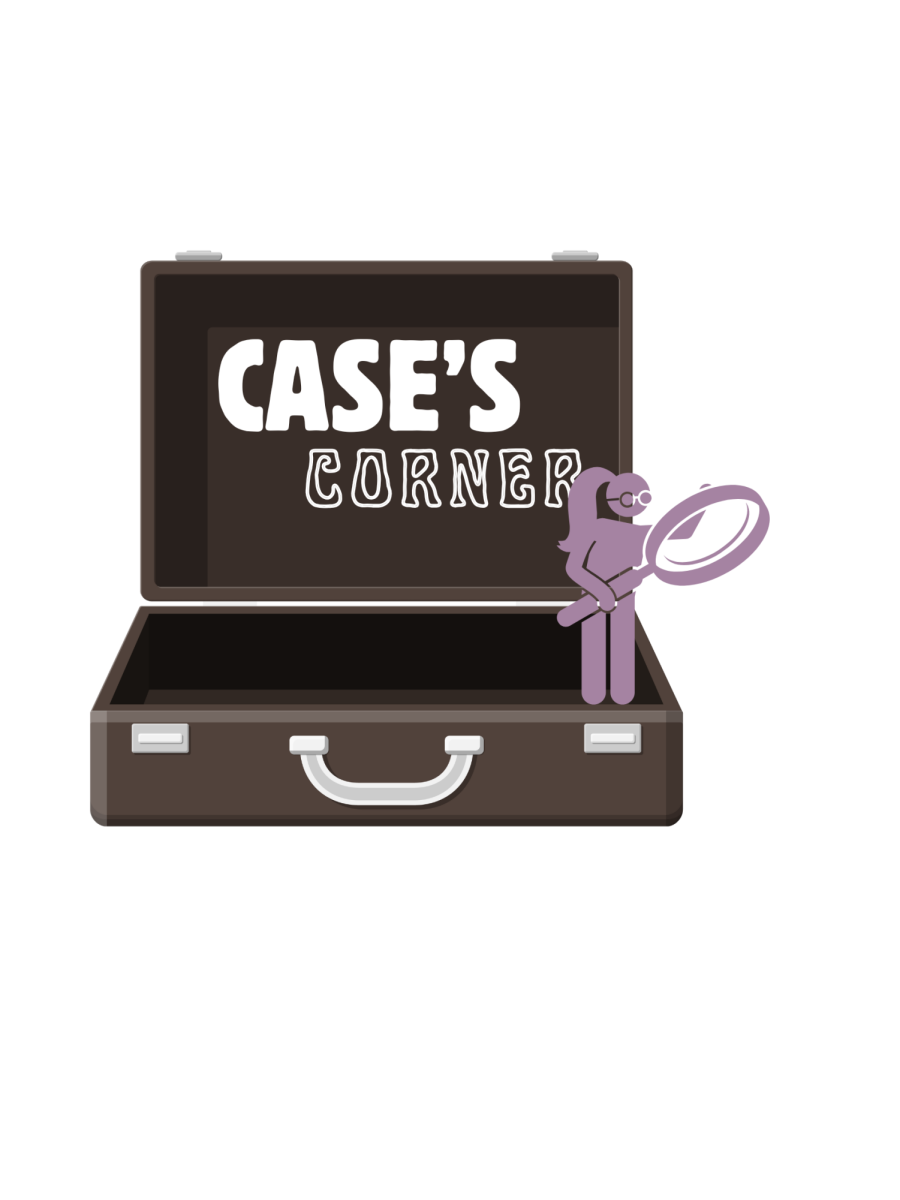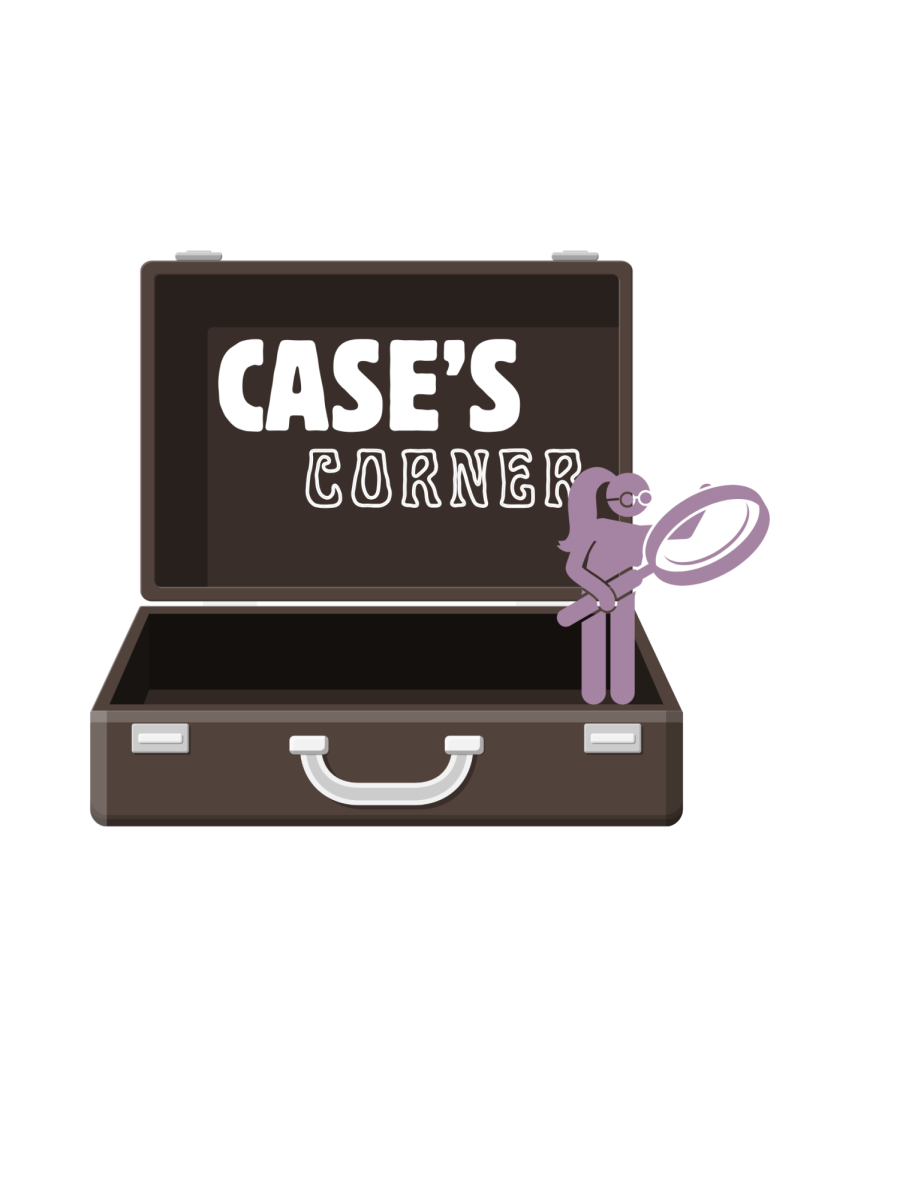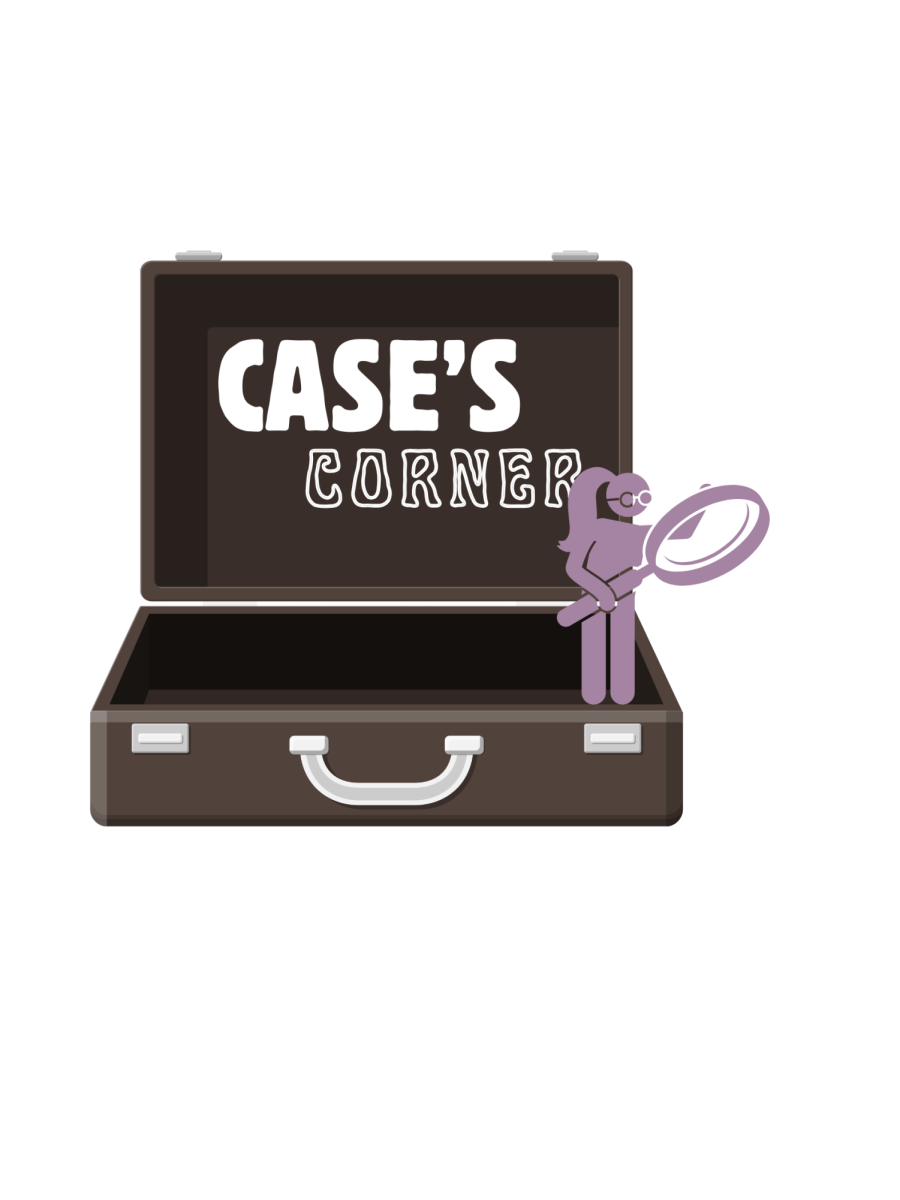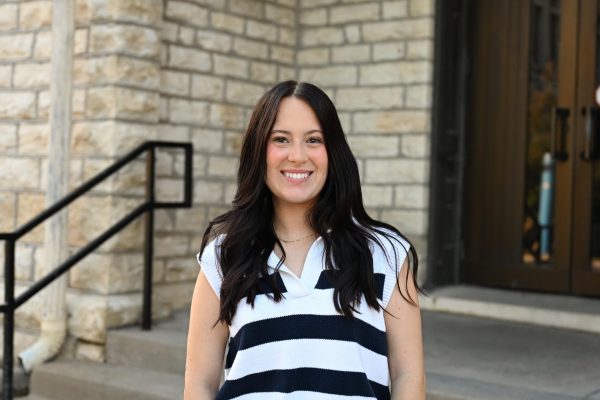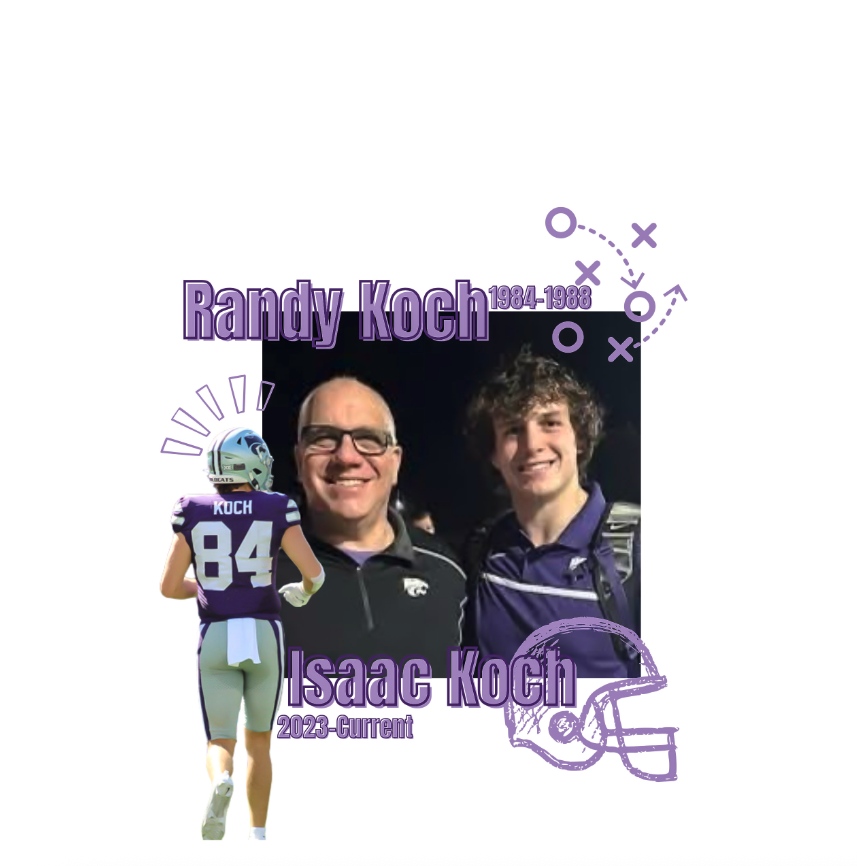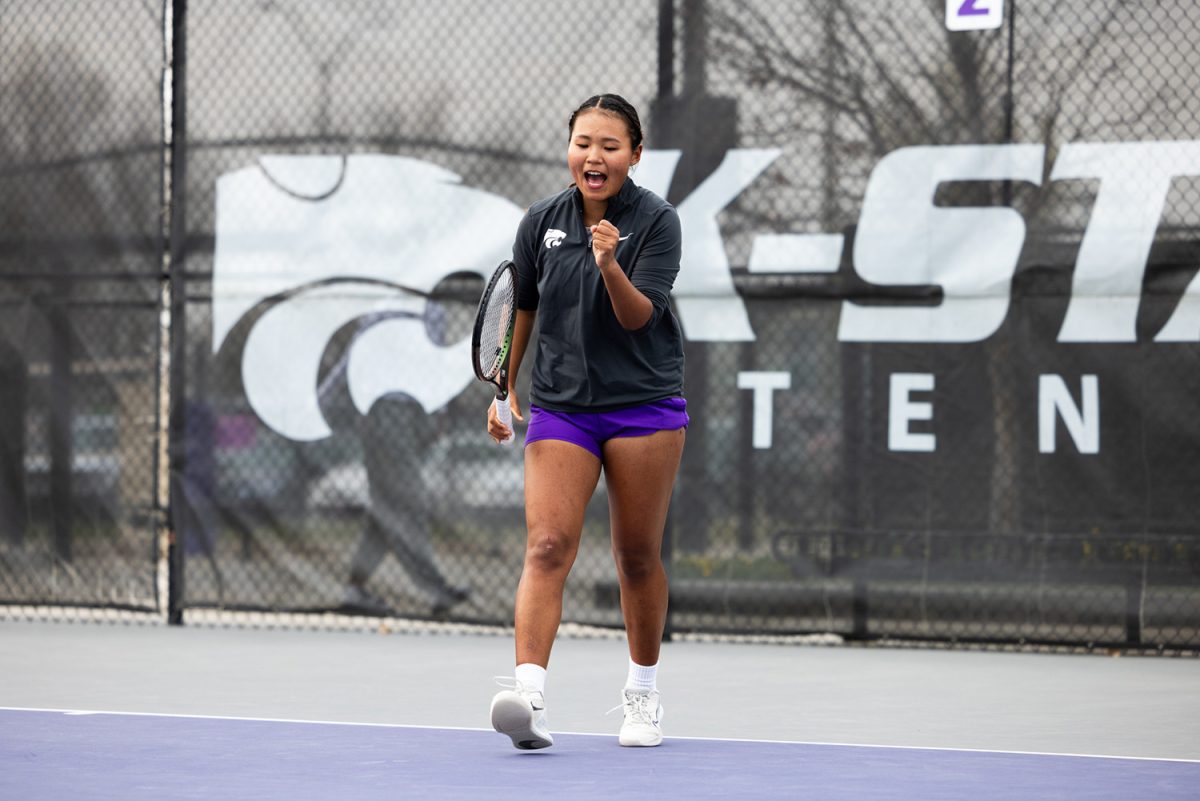Kansas State launched its new time and leave system on Sunday, Oct. 26, requiring all hourly employees — including students — to clock in/out through Automatic Data Processing, Inc.
Previously, hourly employees tracked their own hours and manually recorded them in software such as HRIS, Amanda McDiffett, assistant vice president for HR operations strategy, said. ADP allows users to punch in and out from a mobile device or computer.
“[With ADP] our calculations from a time perspective and a leave perspective happen all in one place,” McDiffett said. “That is one of the big improvements of being able to use this system, is that by doing that punch in and out for non-exempt employees, those calculations will happen automatically, so a lot of manual processes that supervisors and employees were doing, and timekeepers were doing, are now going to be more streamlined.”
The new system doesn’t allow overtime during the semester, limiting student employees to 30 hours per week.
Demelia Funk, design editor for The Royal Purple Yearbook, has two campus jobs. She said staying under 30 hours a week will be difficult for some student workers.
“I work 20 hours at the library right now, and I had a 10-hour work night [for The Royal Purple] one time last year,” Funk, senior in advertising & public relations, said. “If that happens again, which it’s bound to, that takes out all the time left for the week for yearbook. That’s definitely going to be an adjustment. I need to track my hours more and really balance it. … Everyone who is working more than one campus job is definitely going to see an impact on the amount of hours they have to work.”
McDiffett said employees are limited to 30 hours for tax reasons.
“The 30 hours is a requirement from a tax perspective so that people are taxed appropriately; so students that are working under 30 hours, they can receive those tax benefits,” she said. “But if you are over 40 or over 30 hours, then you have to pay the FICA taxes.”
However, students can work more hours during academic breaks and will qualify for overtime if they hit 40 hours.
An anonymous professional staff member at K-State said the ADP app is inefficient and doesn’t function quickly.
“On multiple occasions now, it’s taken me three minutes to be able to punch [in on] the mobile app, which is ridiculous,” they said. “What a waste of my time, and I know that’s so silly. It’s like three minutes, whatever, but like, that’s three minutes out of my day.”
The staff member said requesting time off has also been complicated.
“I submitted a leave request, but when I got the confirmation email, it just submitted like … ‘zero hours requested,’” they said. “Like, no, I requested four hours. I would imagine there’s gonna be some backend cleaning work that’s going to have to be done on this. … So everything about this just feels like a ridiculous amount of extra work that we’ve never had to do in my years at this university.”
Another negative, the staff member said, is that employees may feel “micromanaged” under the new time-and-leave system.
“Now all of a sudden you want this rigid clock-in-clock-out, but that’s not how most professional positions work,” they said. “We have nights or weekends — I have always been available to my students all day long. I will answer phone calls or emails, or texts at 7 o’clock in the morning or 11 o’clock at night, but now it’s this awkward, ‘Well, I’m not punched in, so am I working off the clock?’”
McDiffett, however, said ADP provides clearer timesheets and less work for employees and supervisors.
“We’ve had feedback from more of our HR liaisons and then from employees that have emailed in directly to us, and that has been fairly positive,” she said. “There’ve been things that we’ve worked through to make corrections or anything like that, but for the most part, it has been positive.”
If users have issues with ADP’s software, McDiffett said they should contact their supervisor.
“Sometimes there’s an issue that the supervisor or liaison isn’t aware of, and then their supervisor and their liaison can escalate that up to the time and leave team. Then we can help support them as things come through.”
McDiffett asks K-State employees to be patient as they learn to navigate the new system.
“I know we’ll have some learnings over the first few pay periods as we go live, but I hope that, you know, in another month or so, it feels second nature and it feels like it is an improvement and makes things easier for our employees, and specifically our students.”


